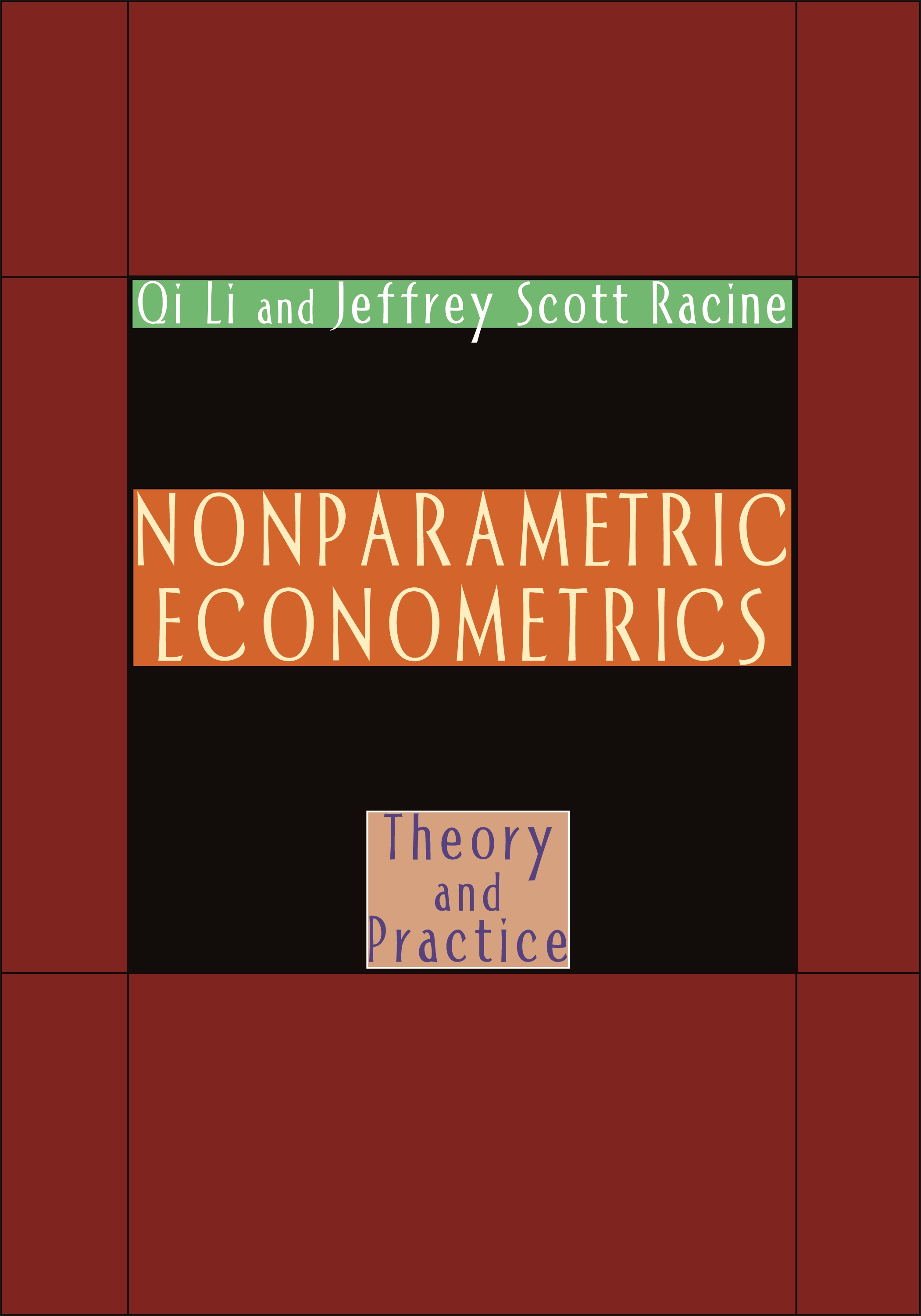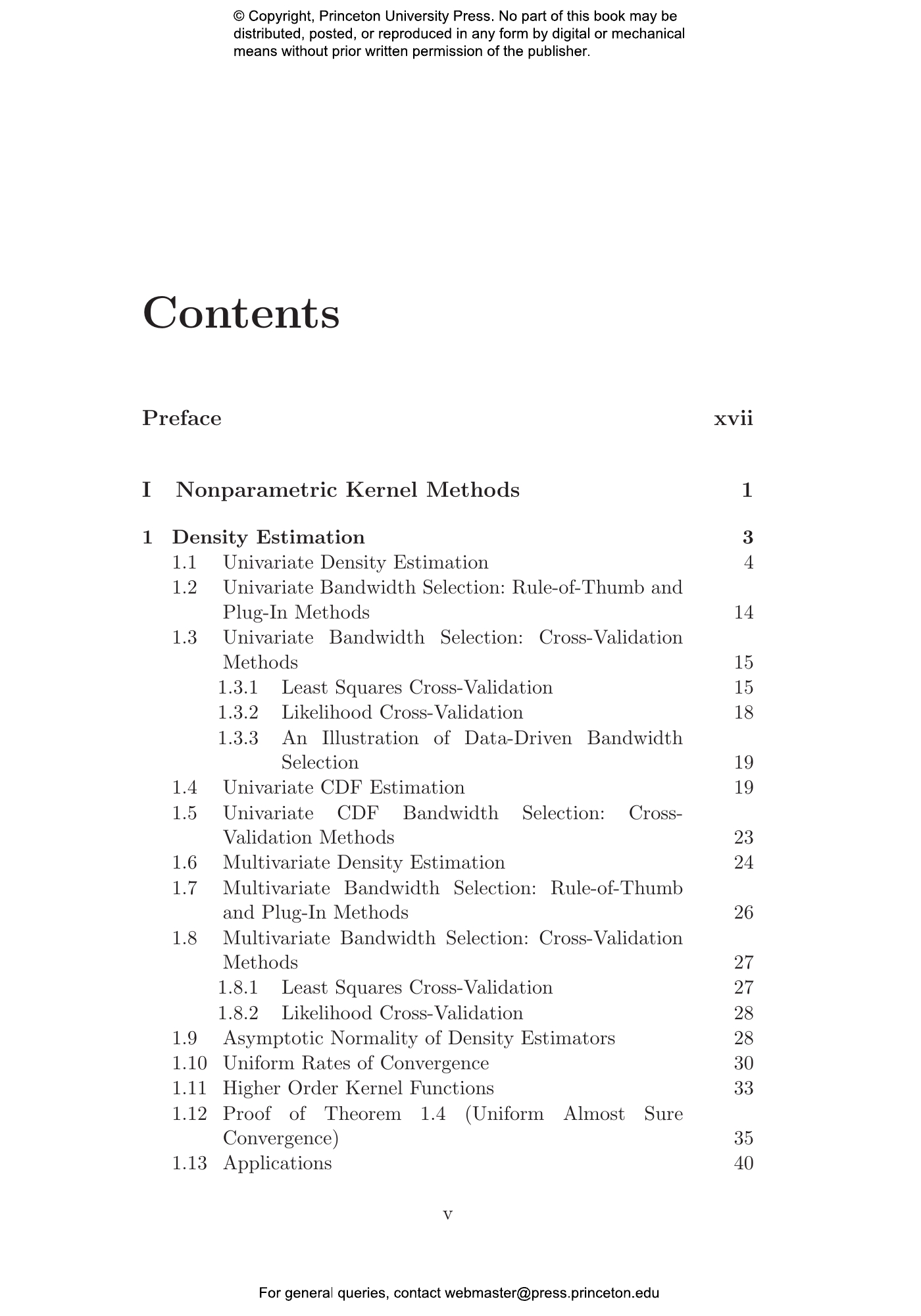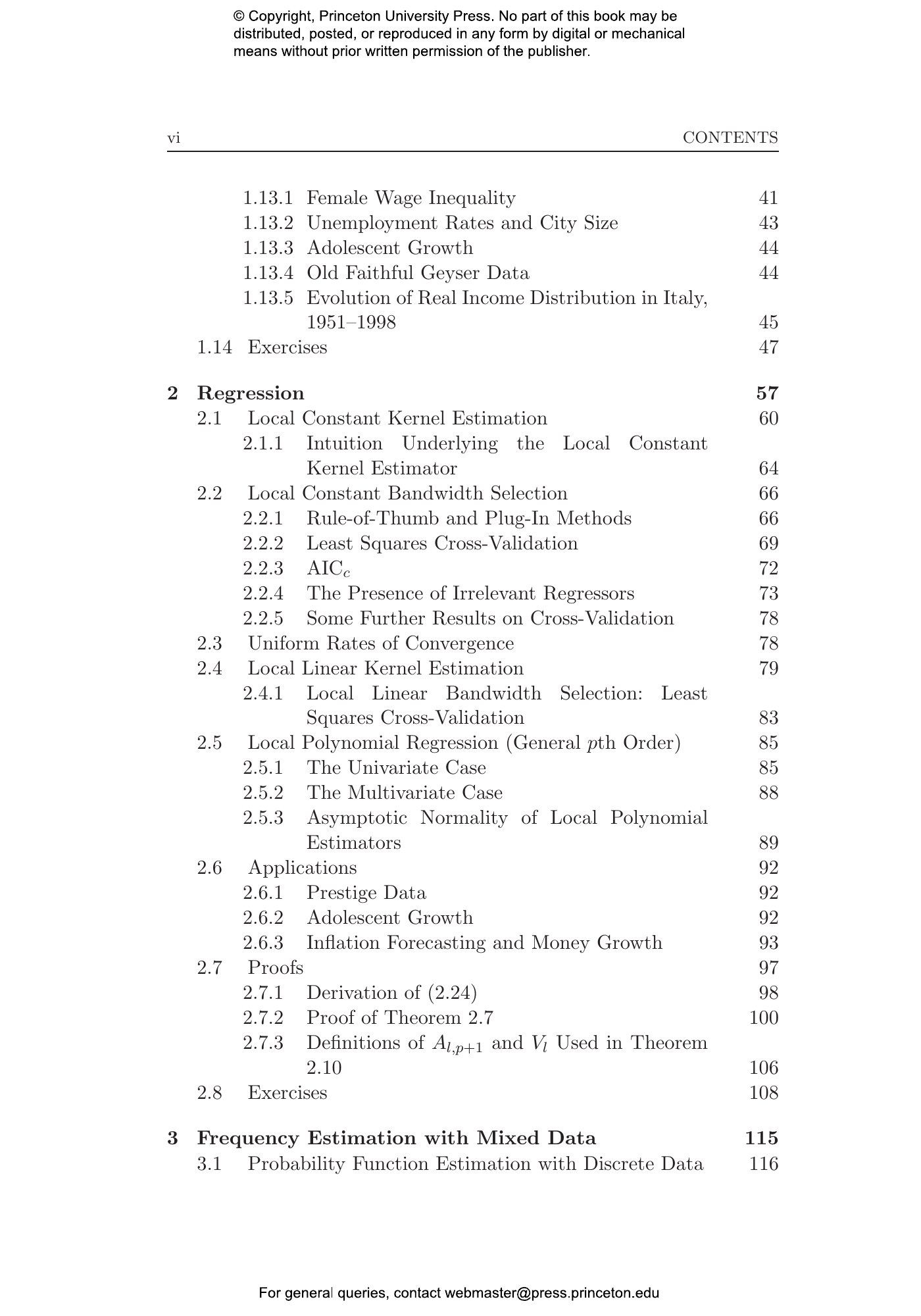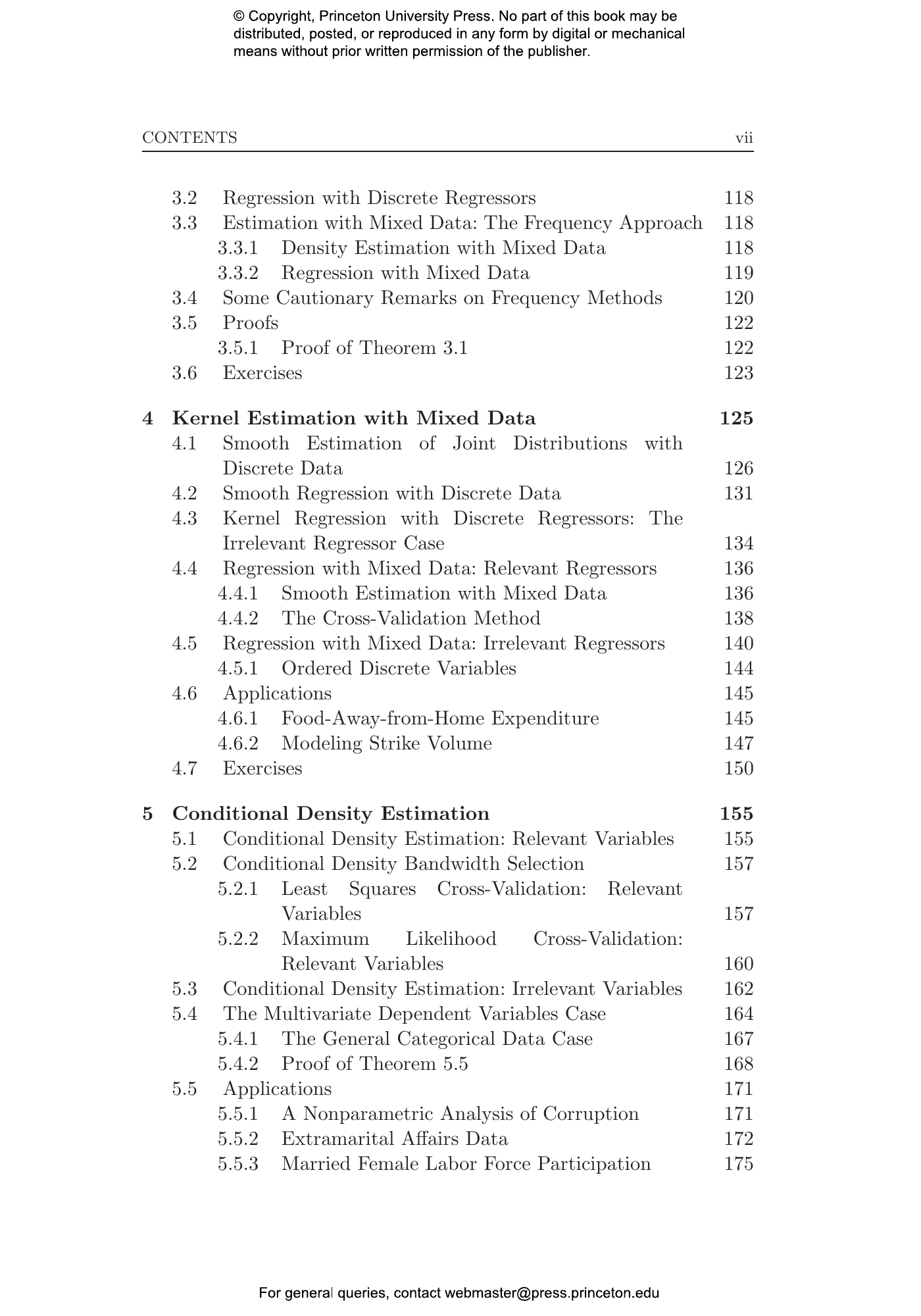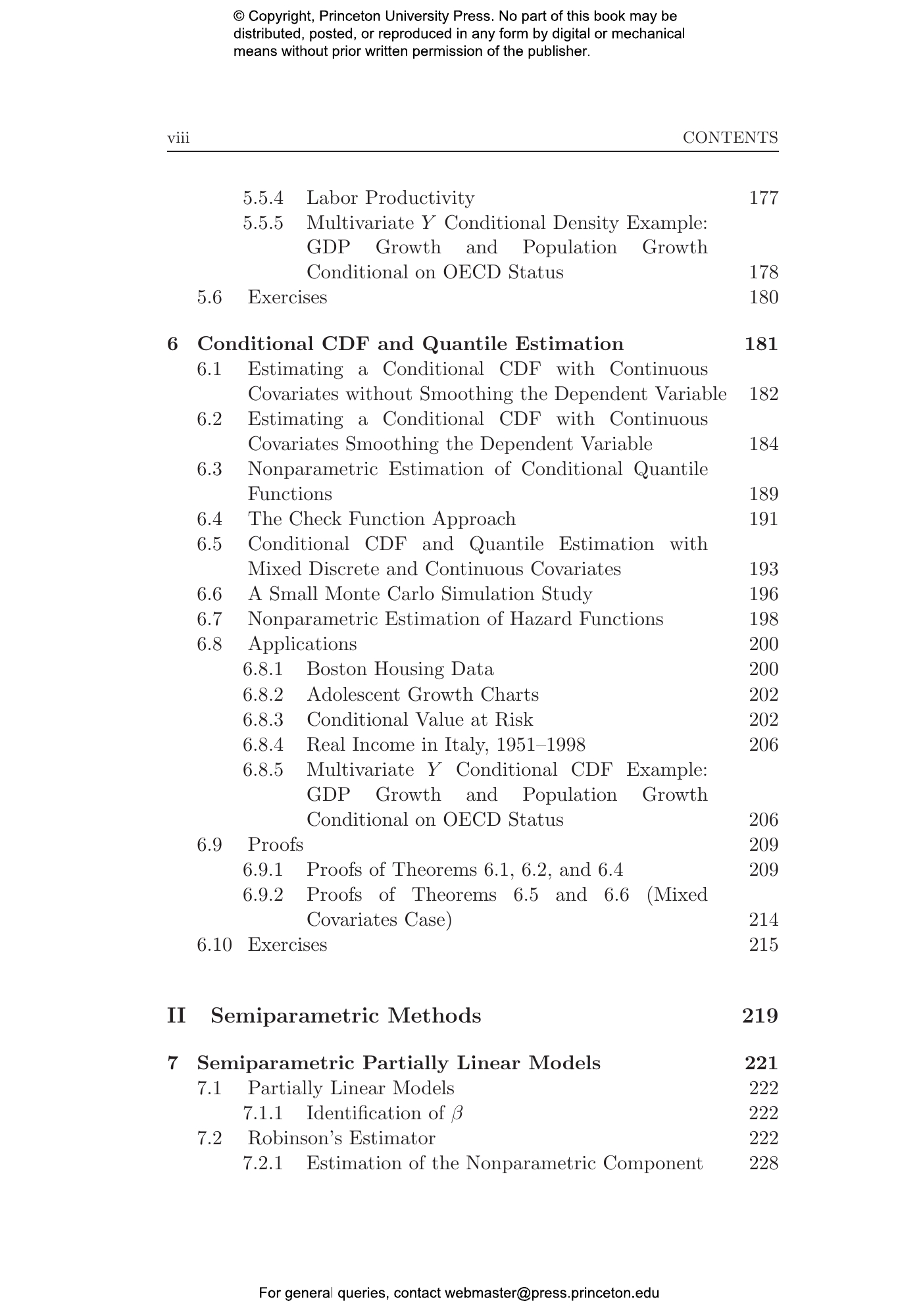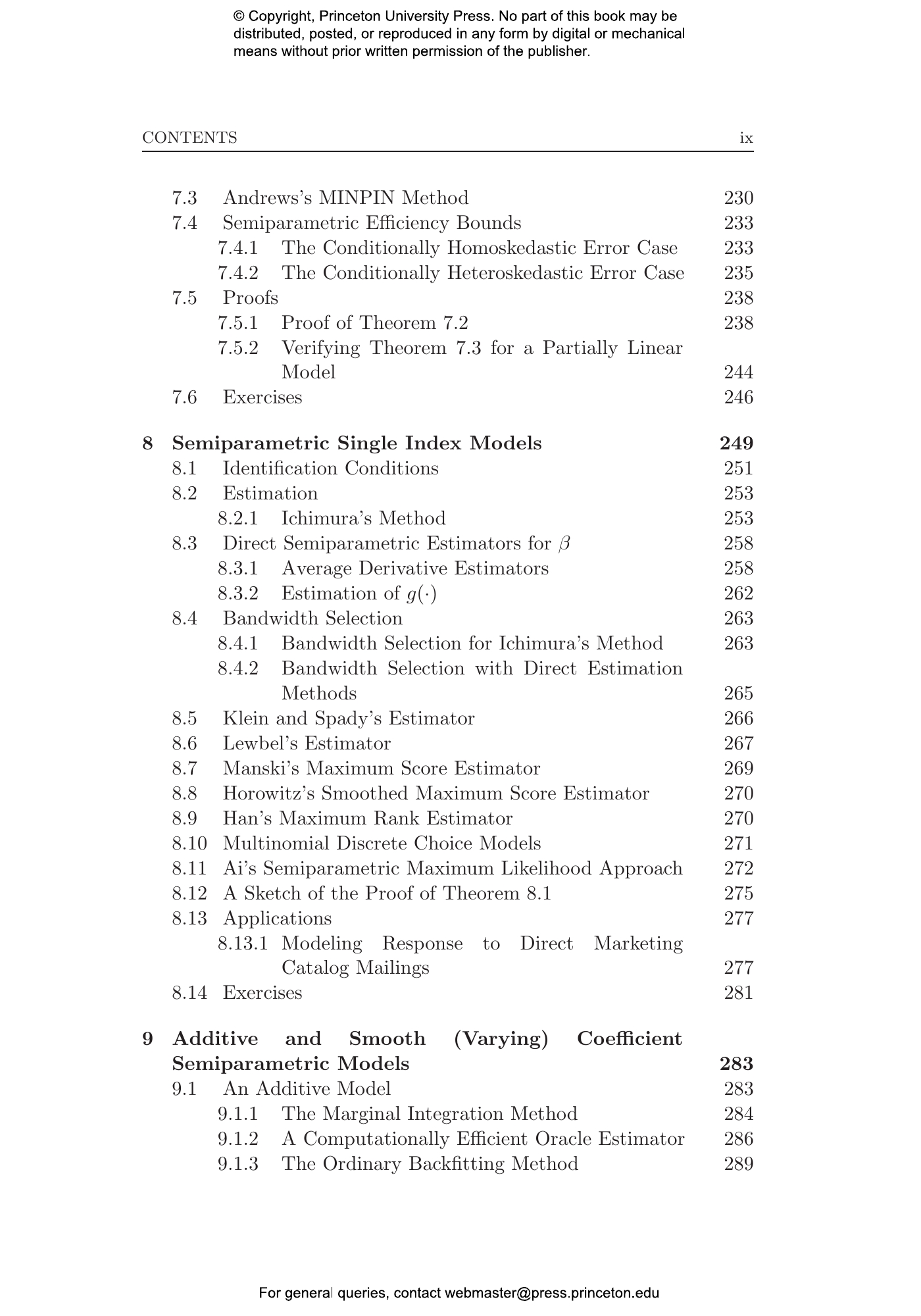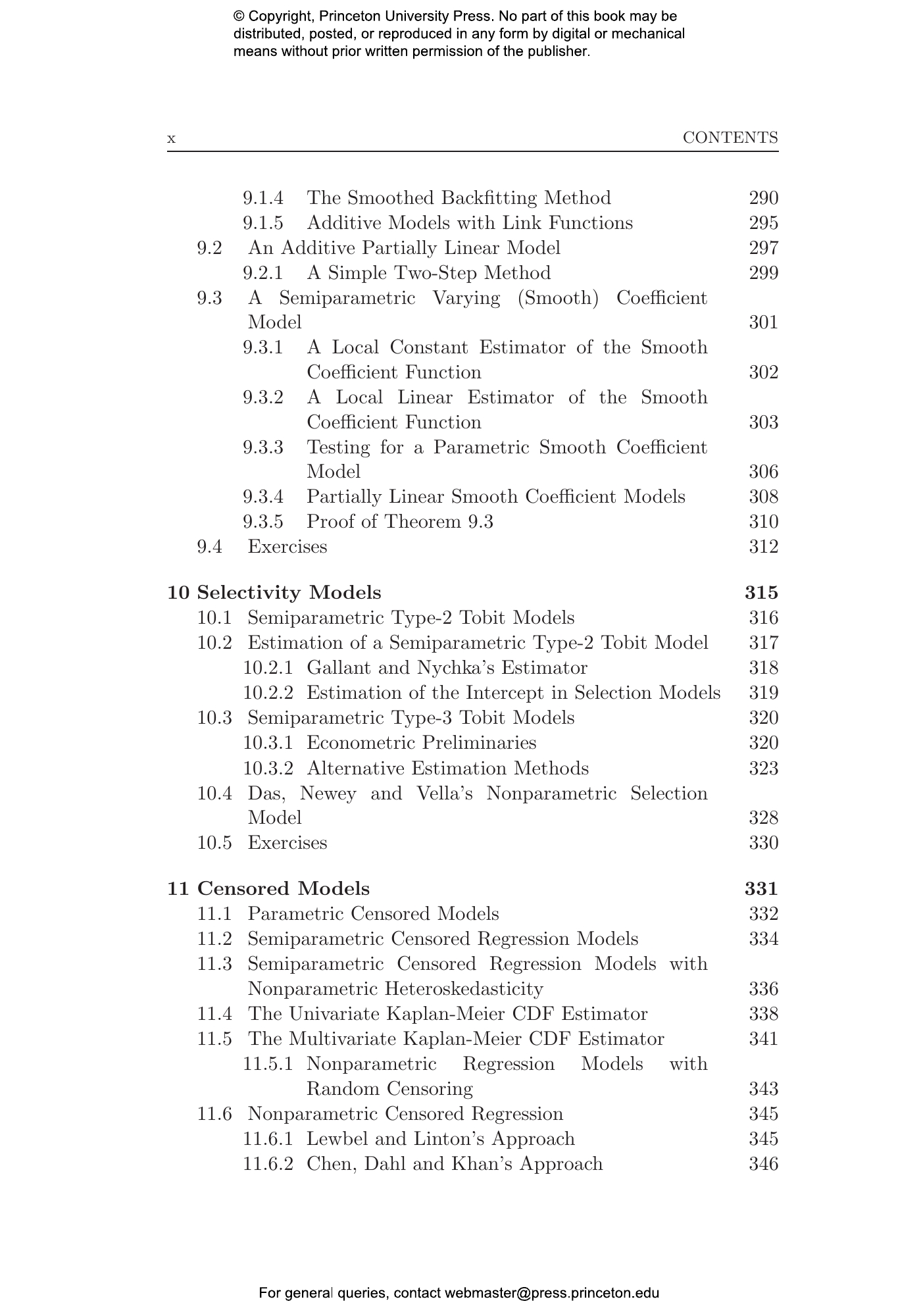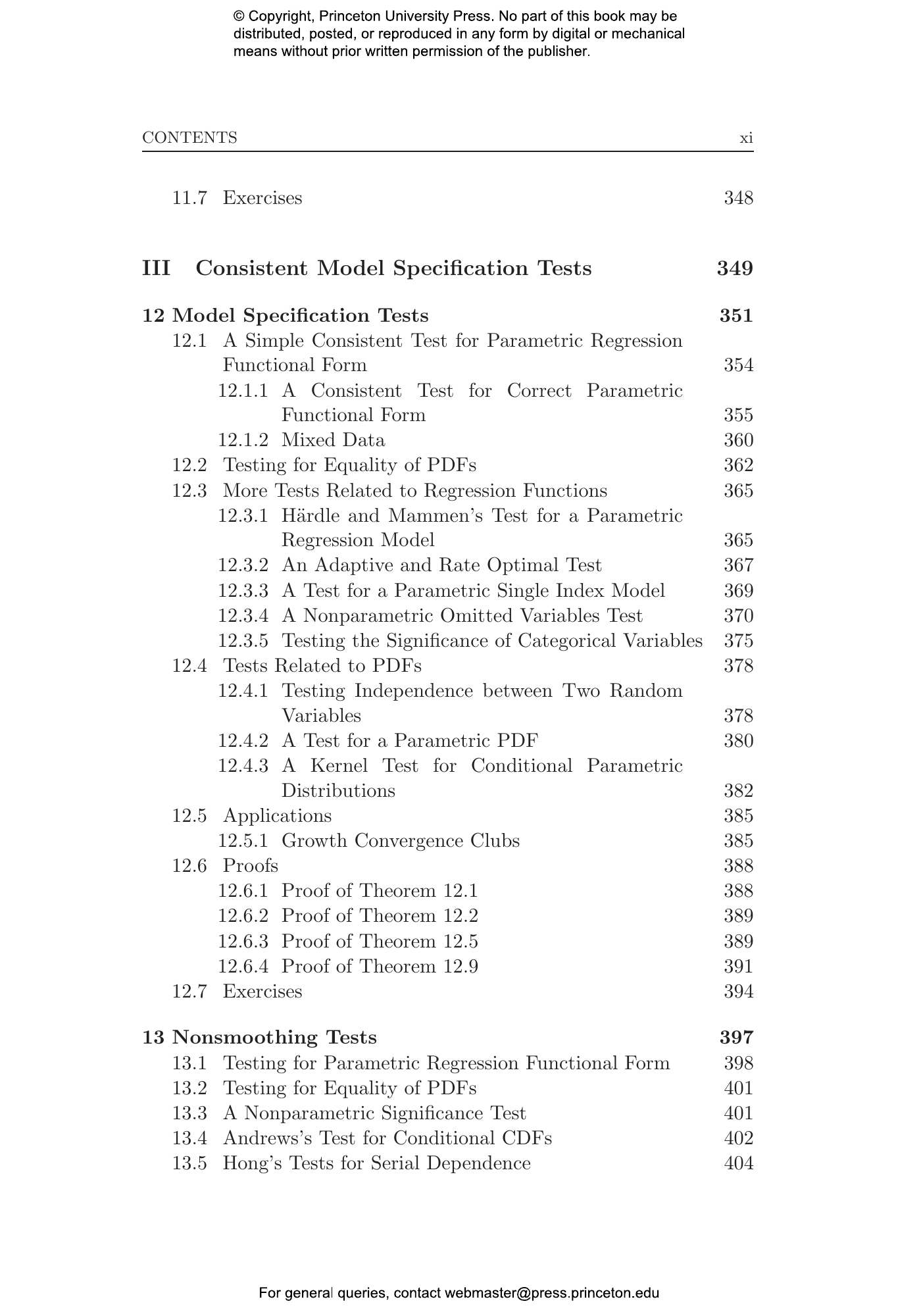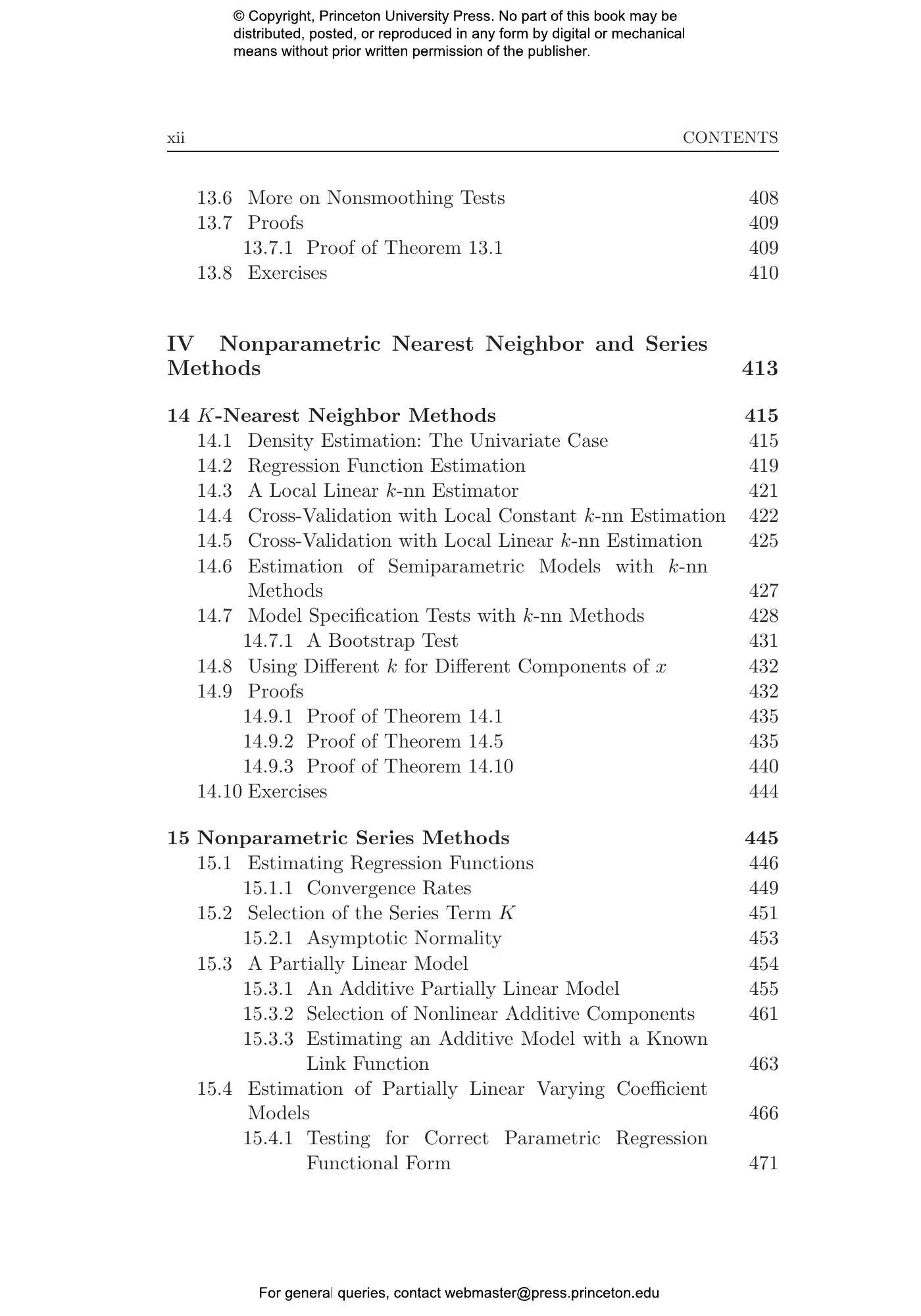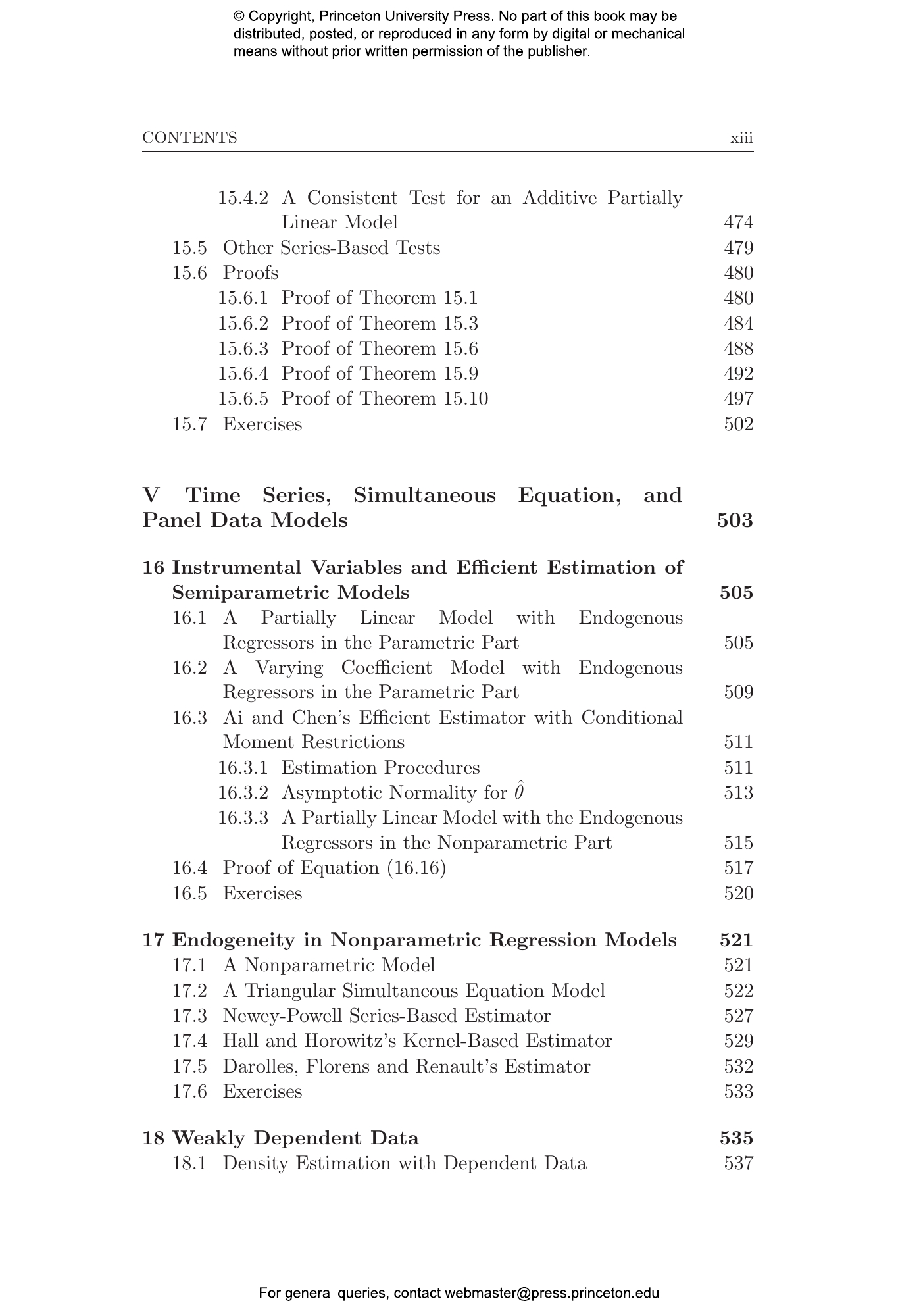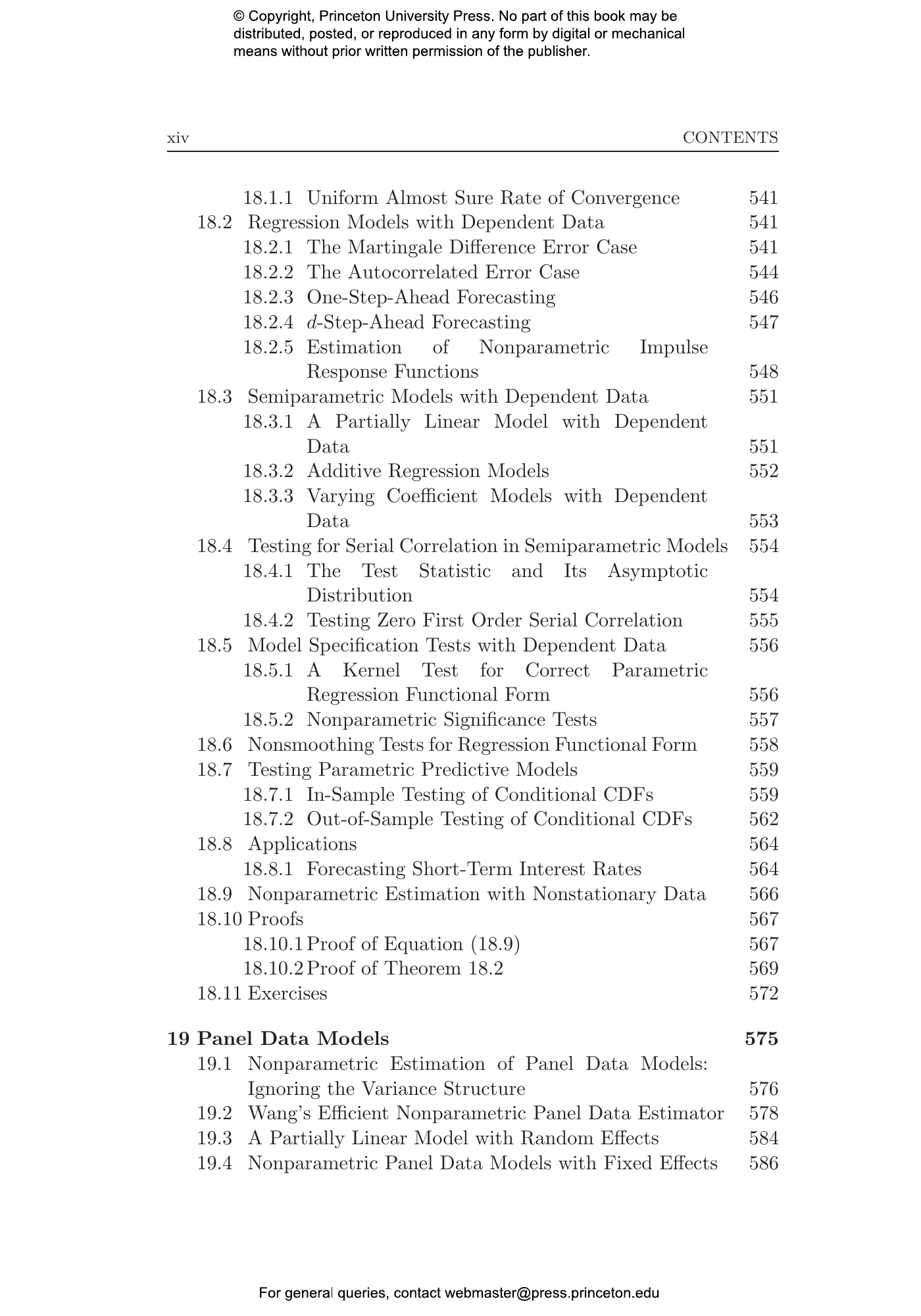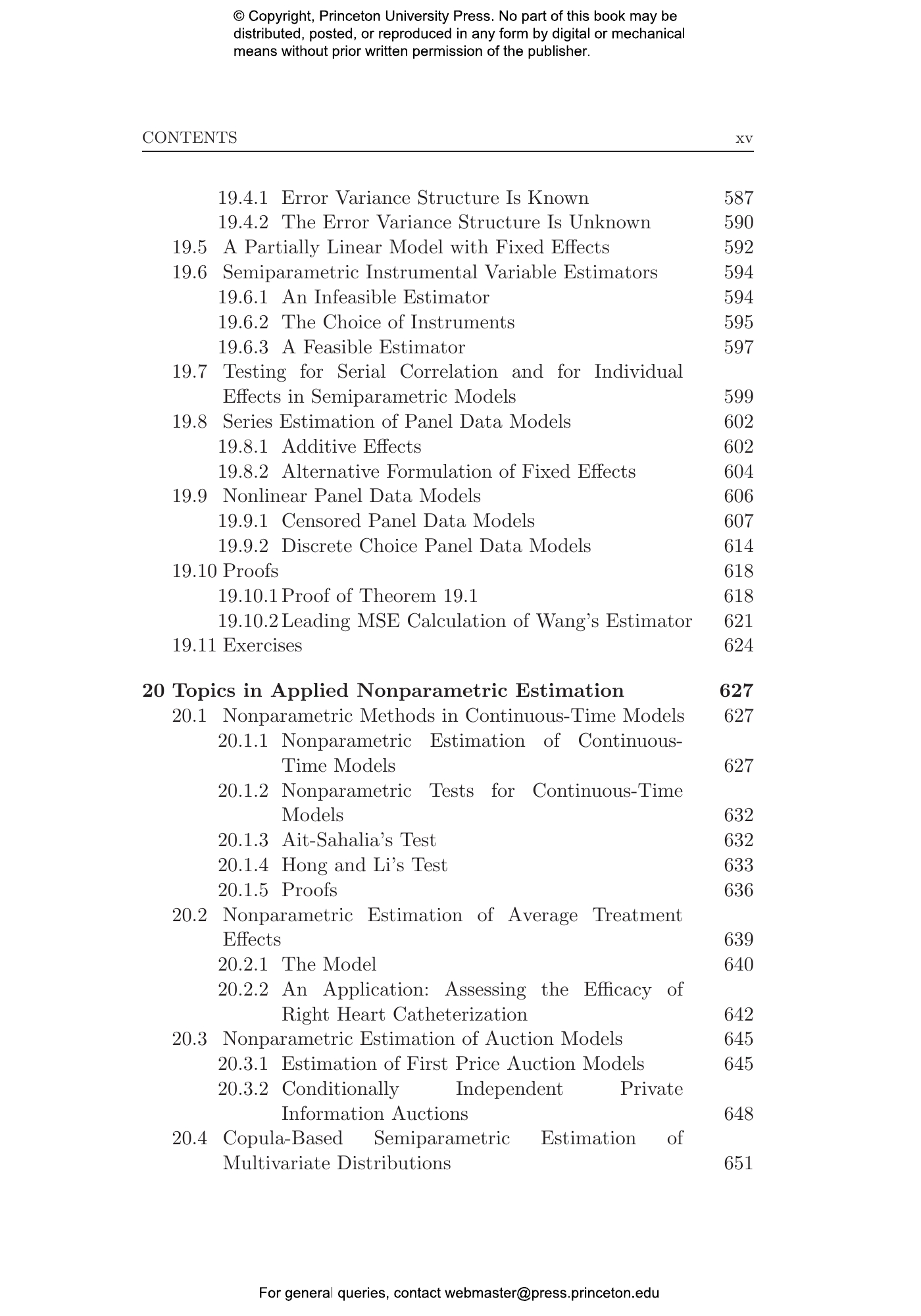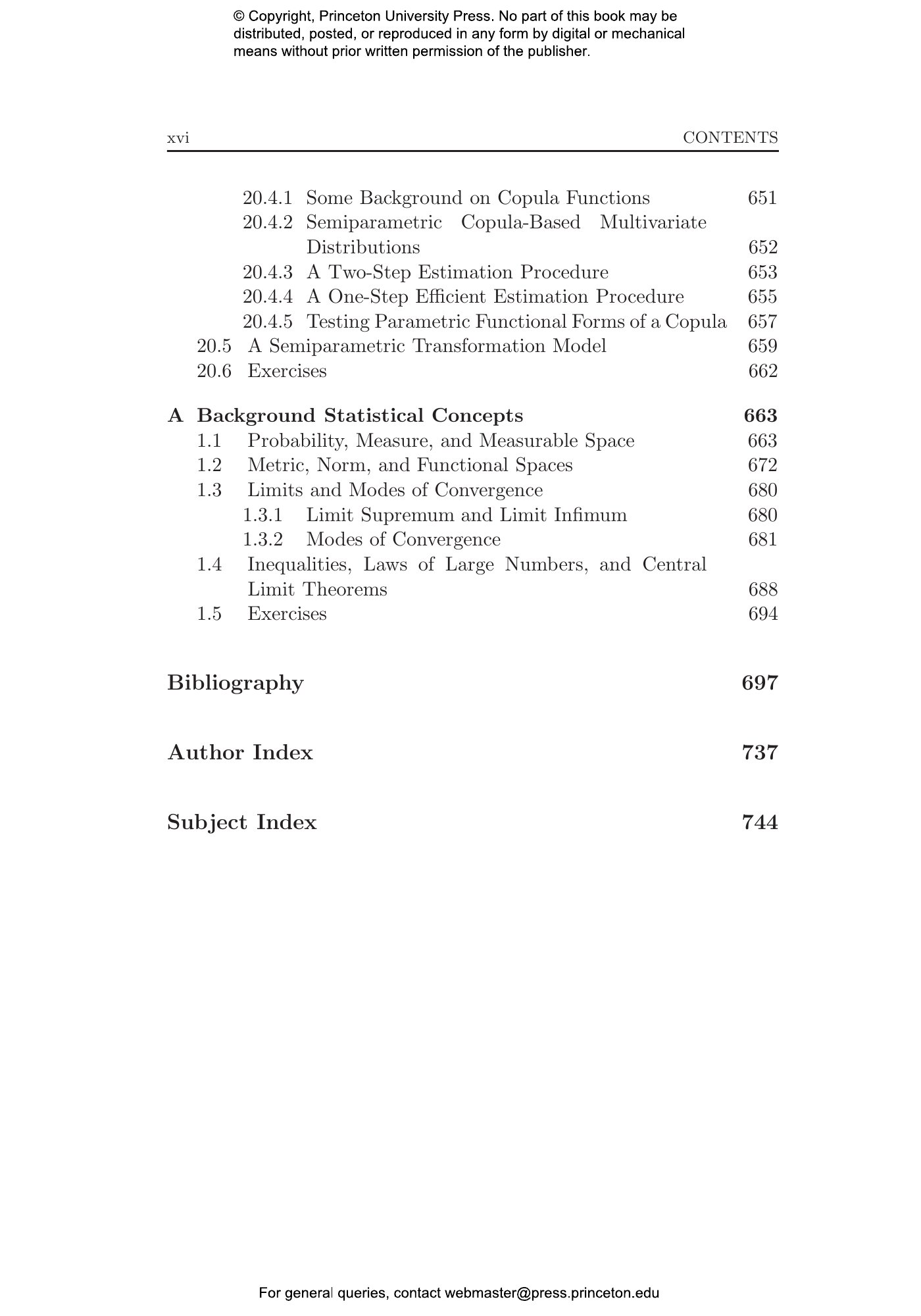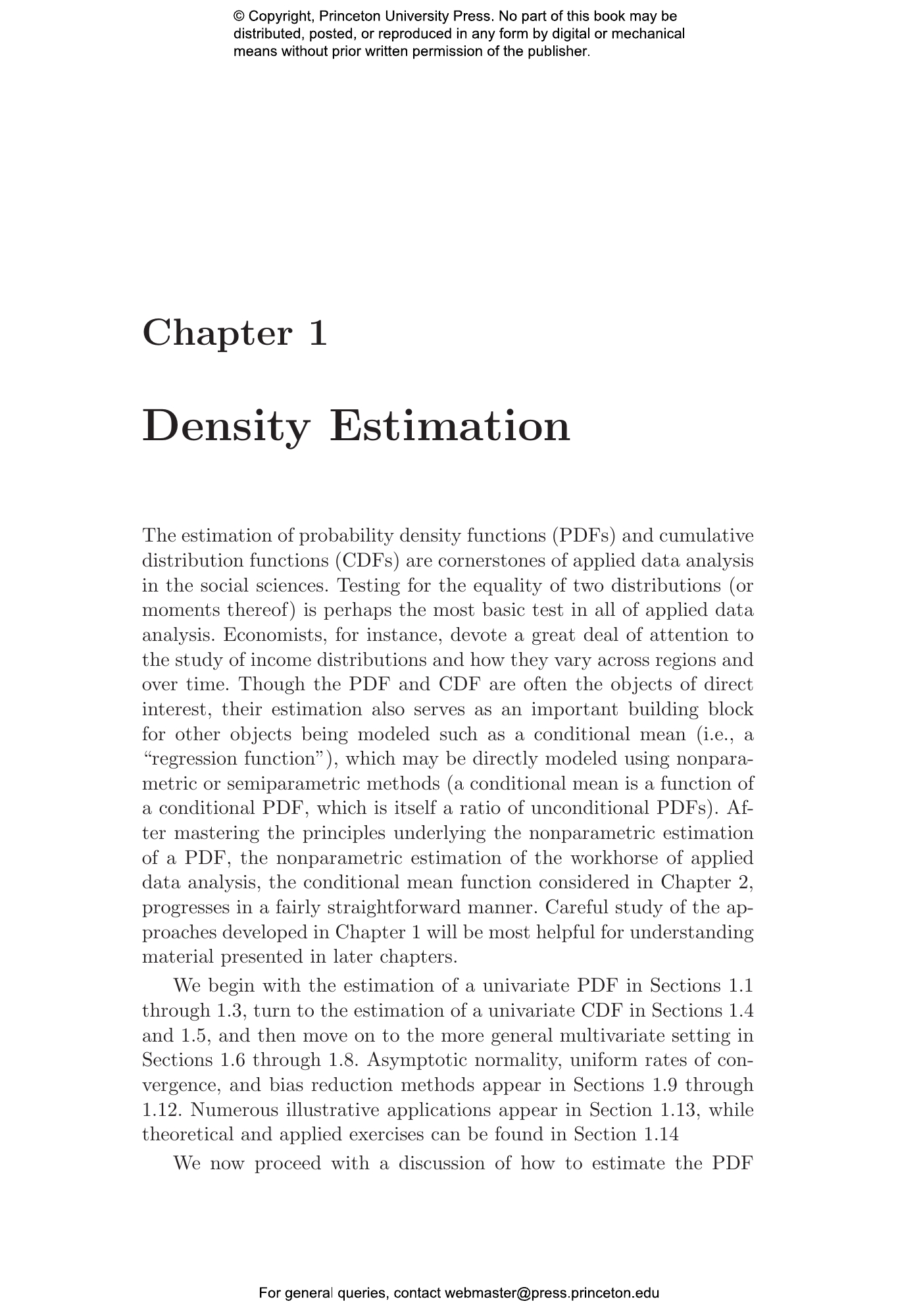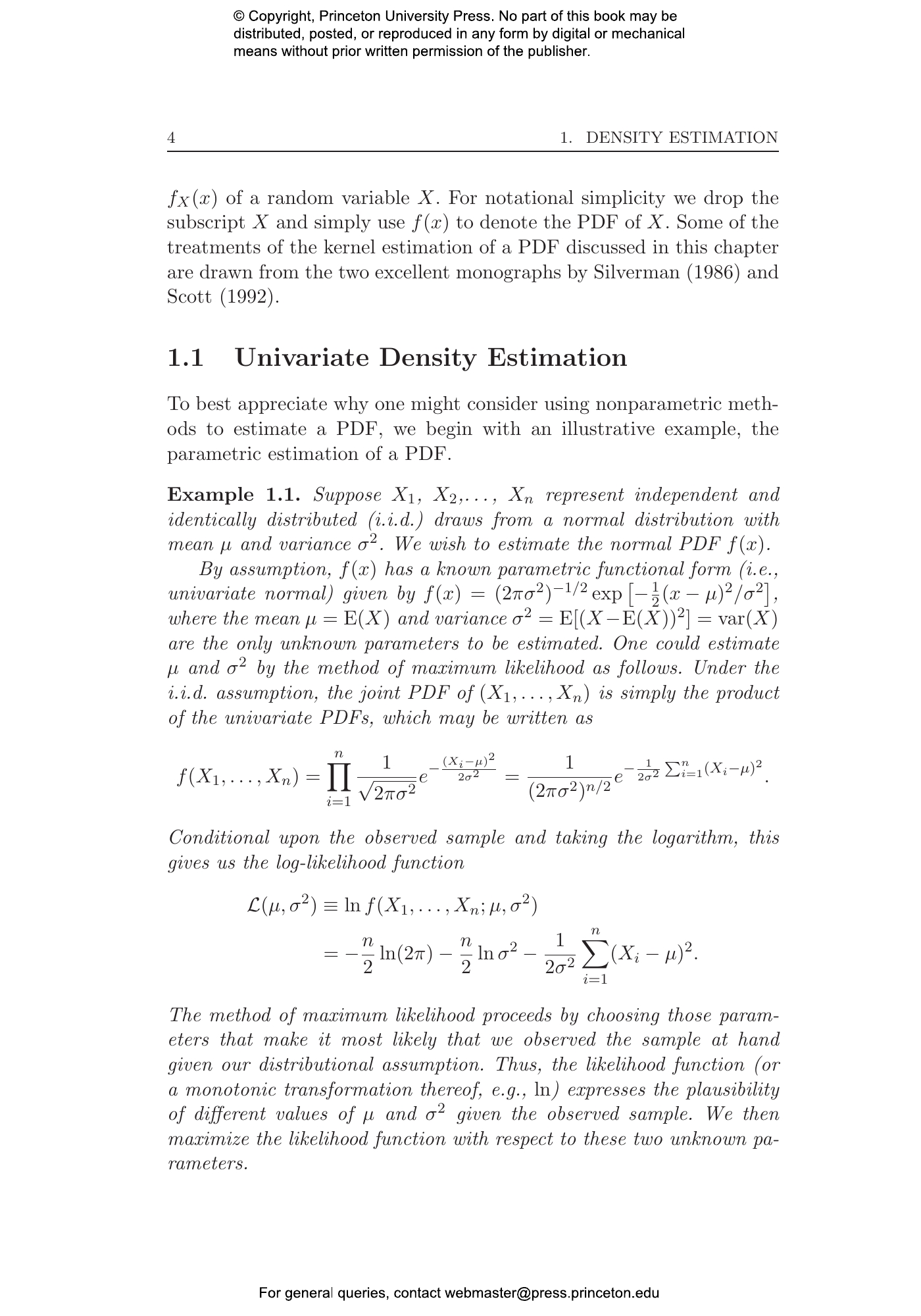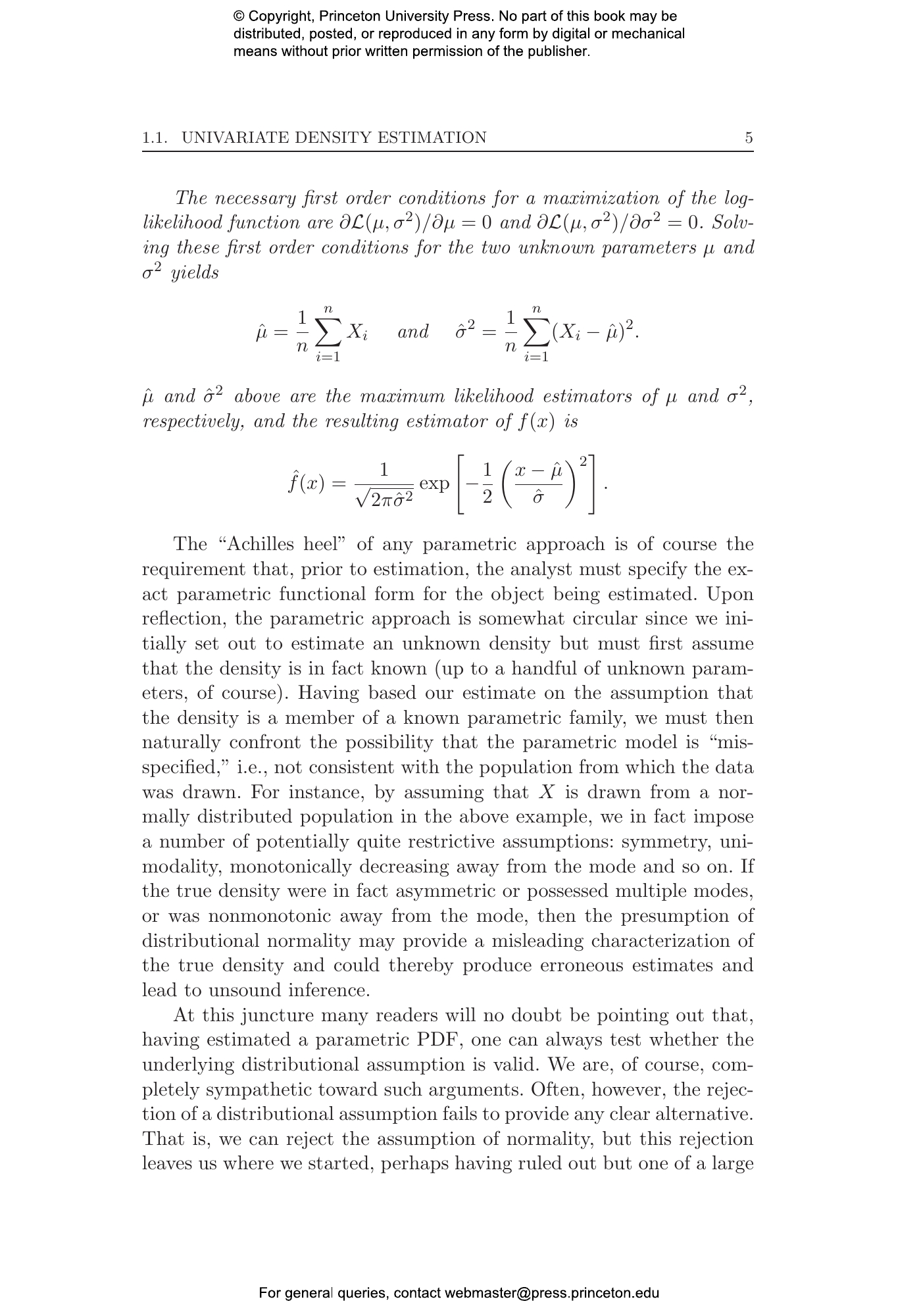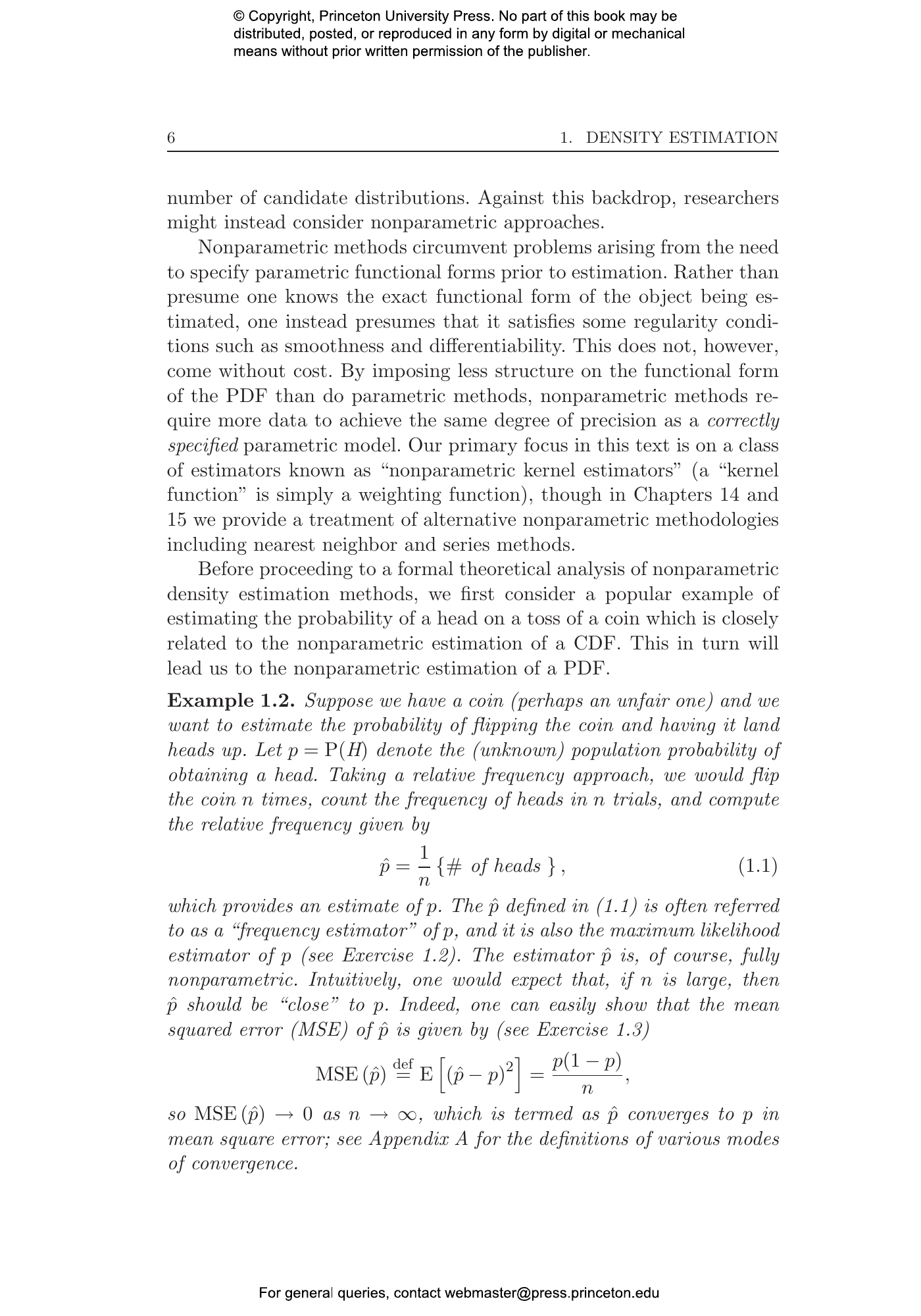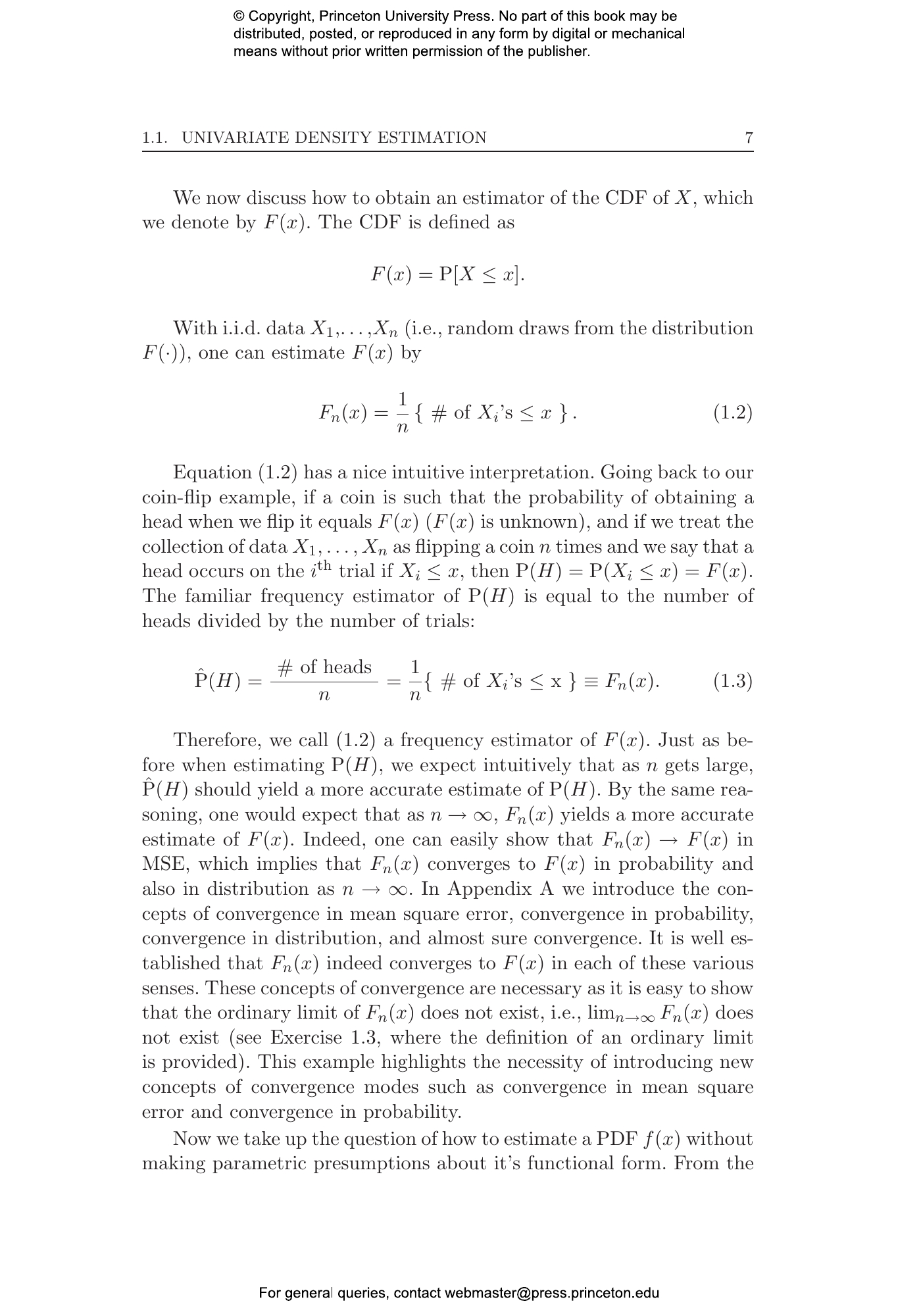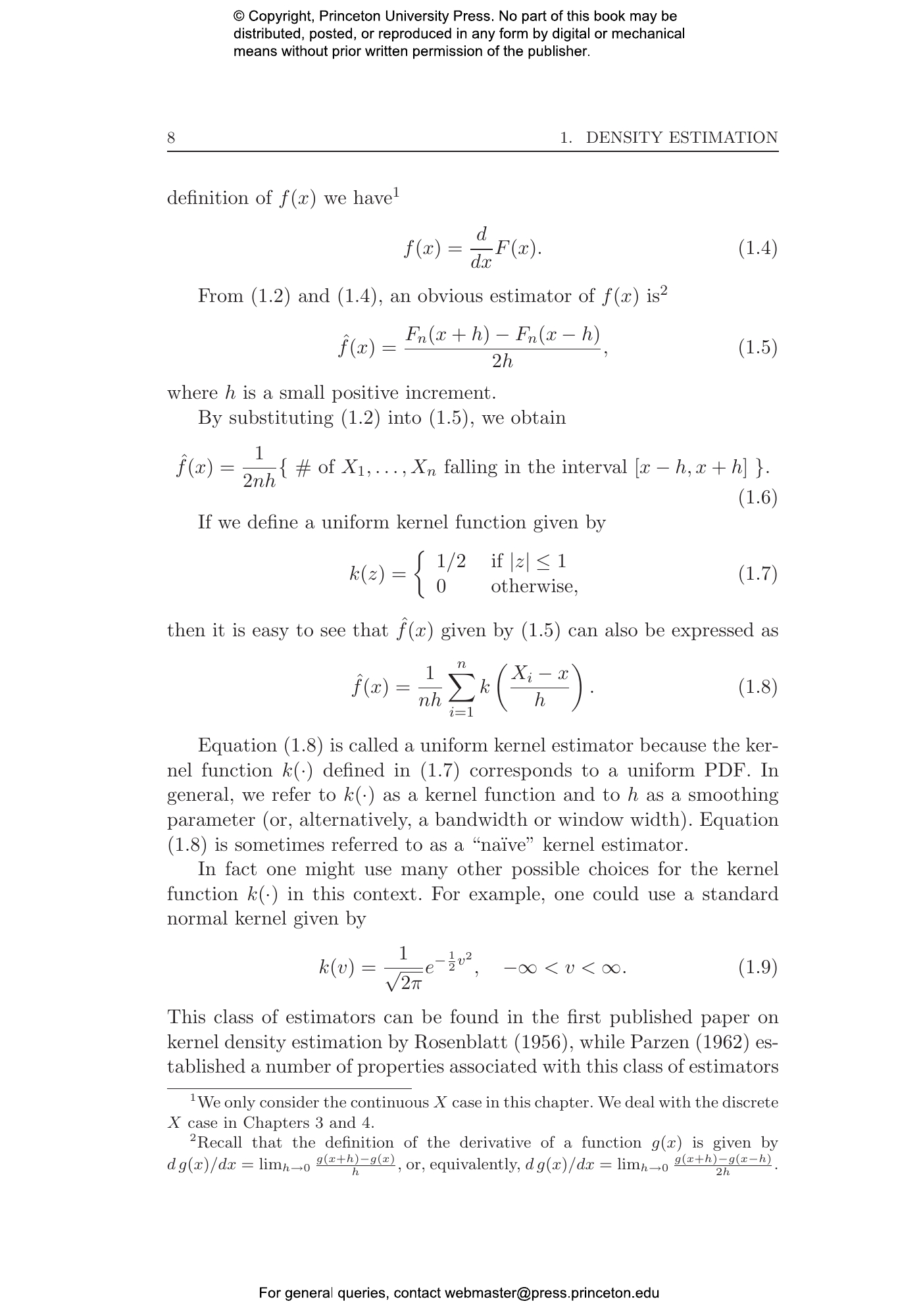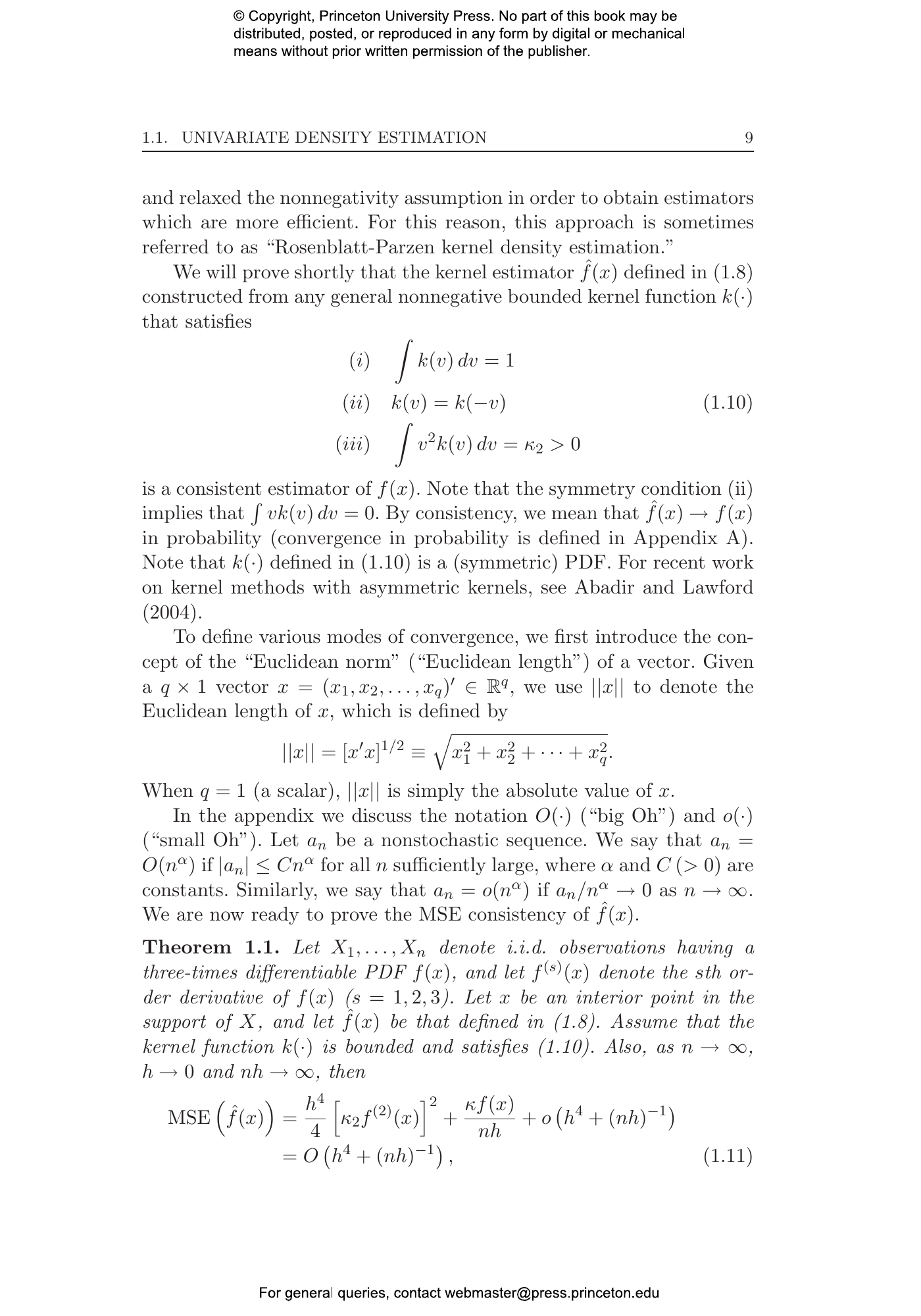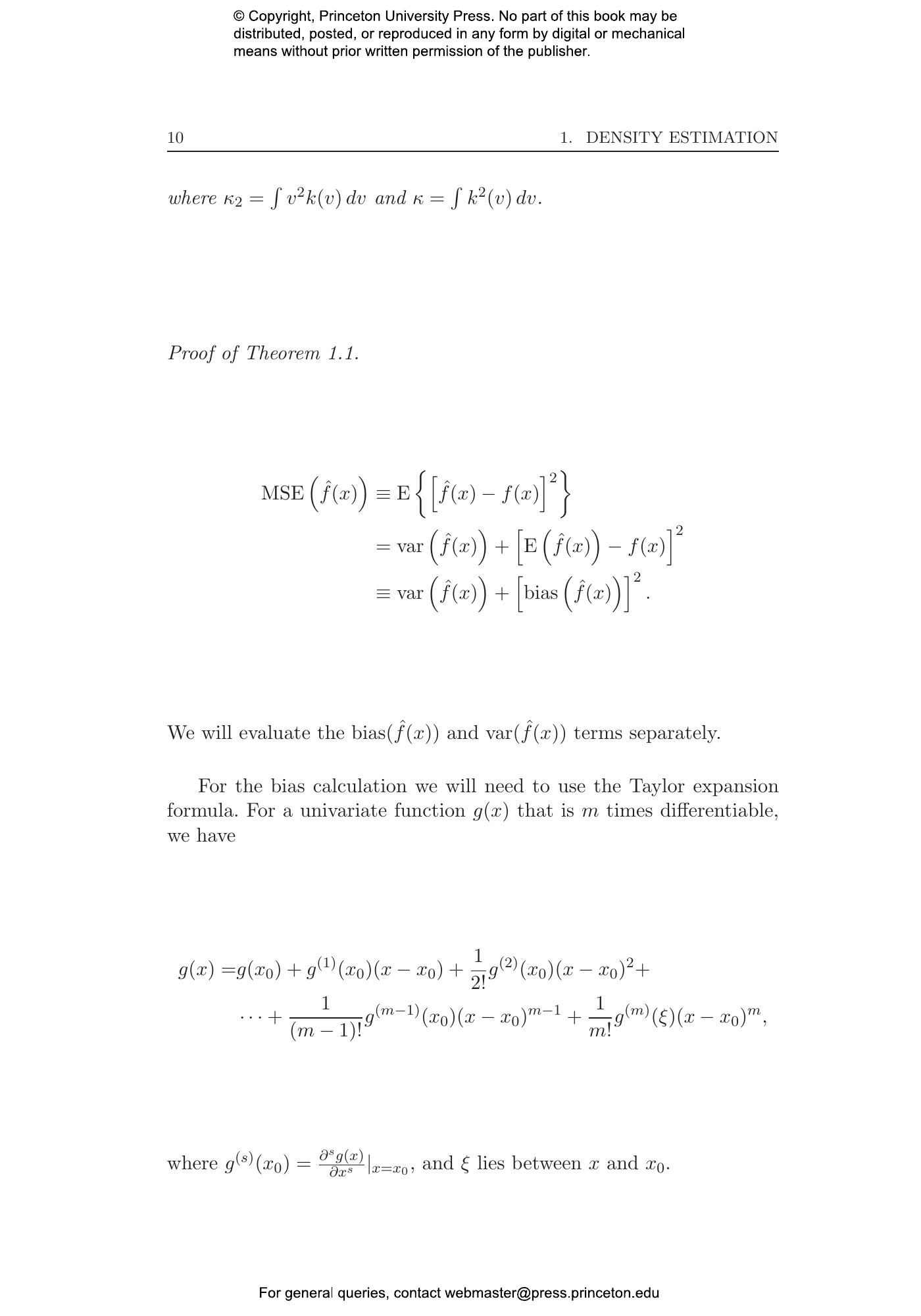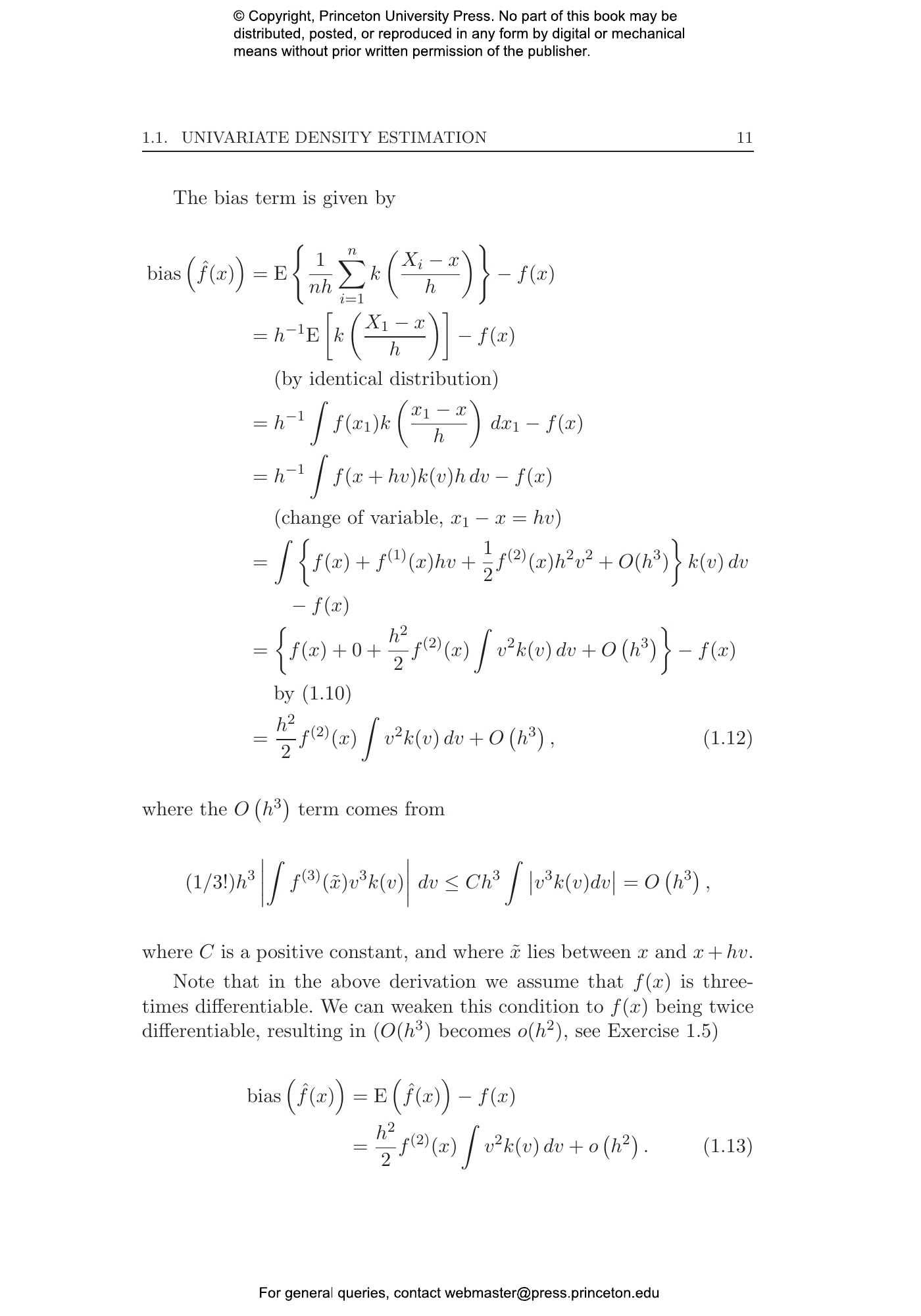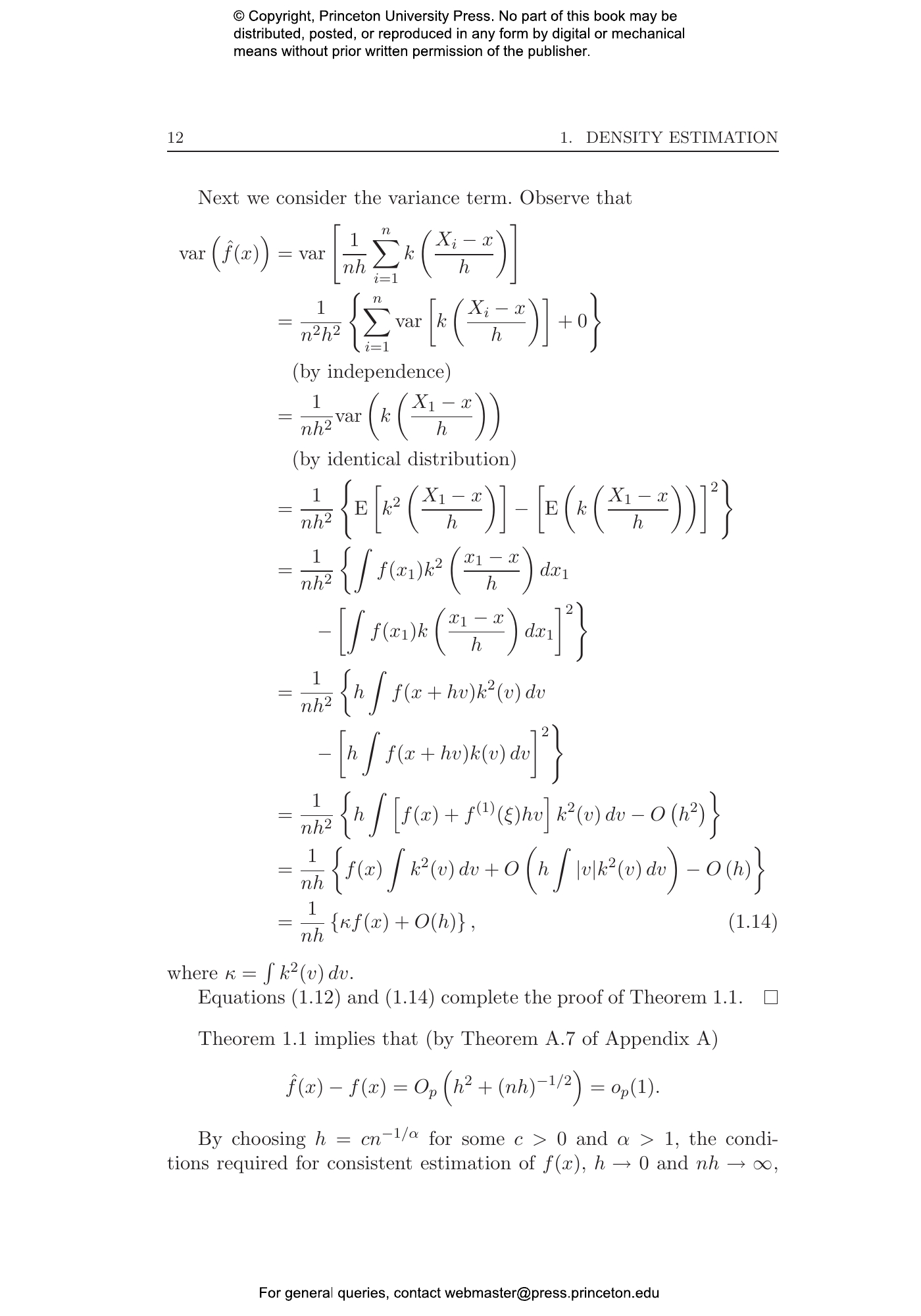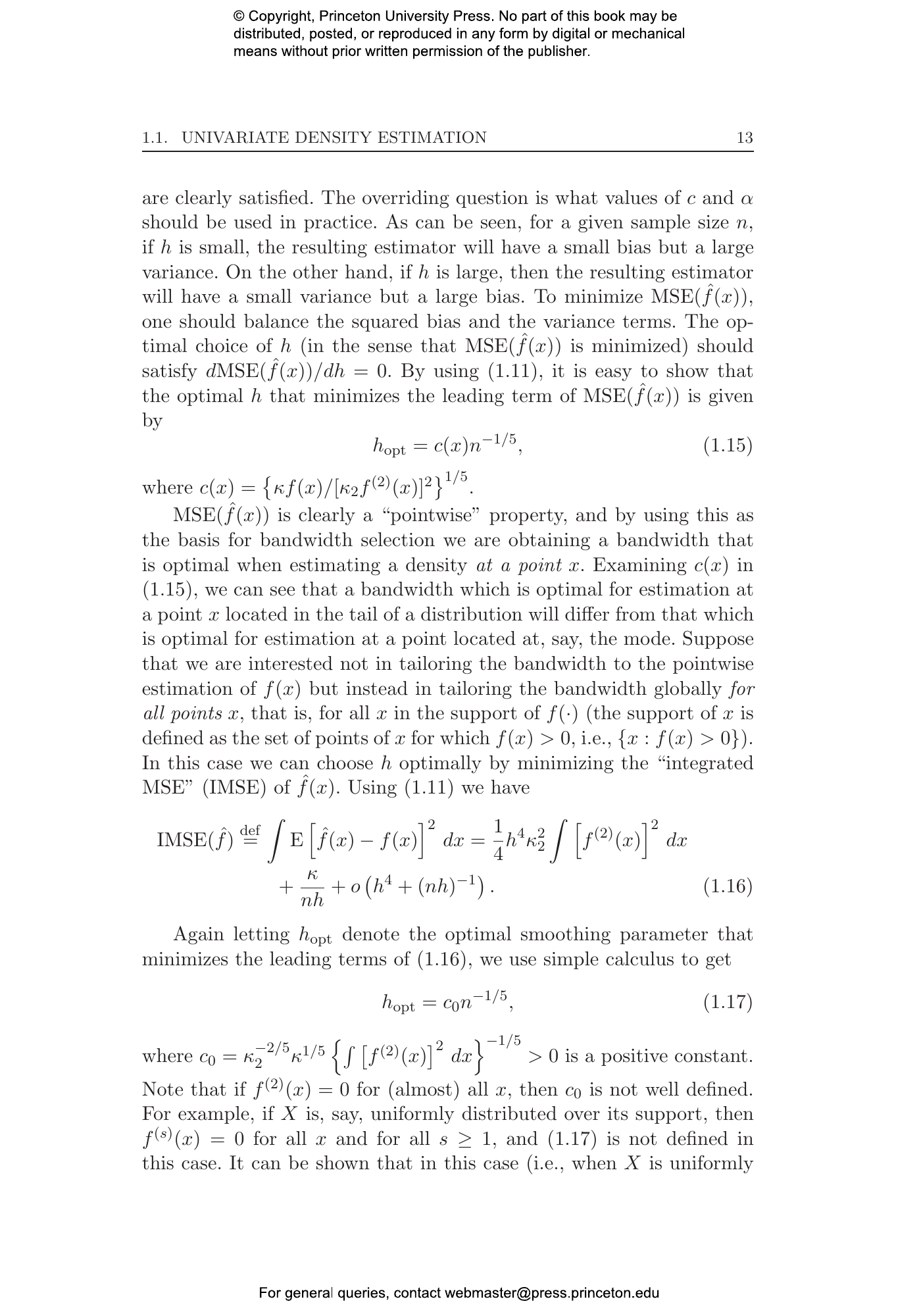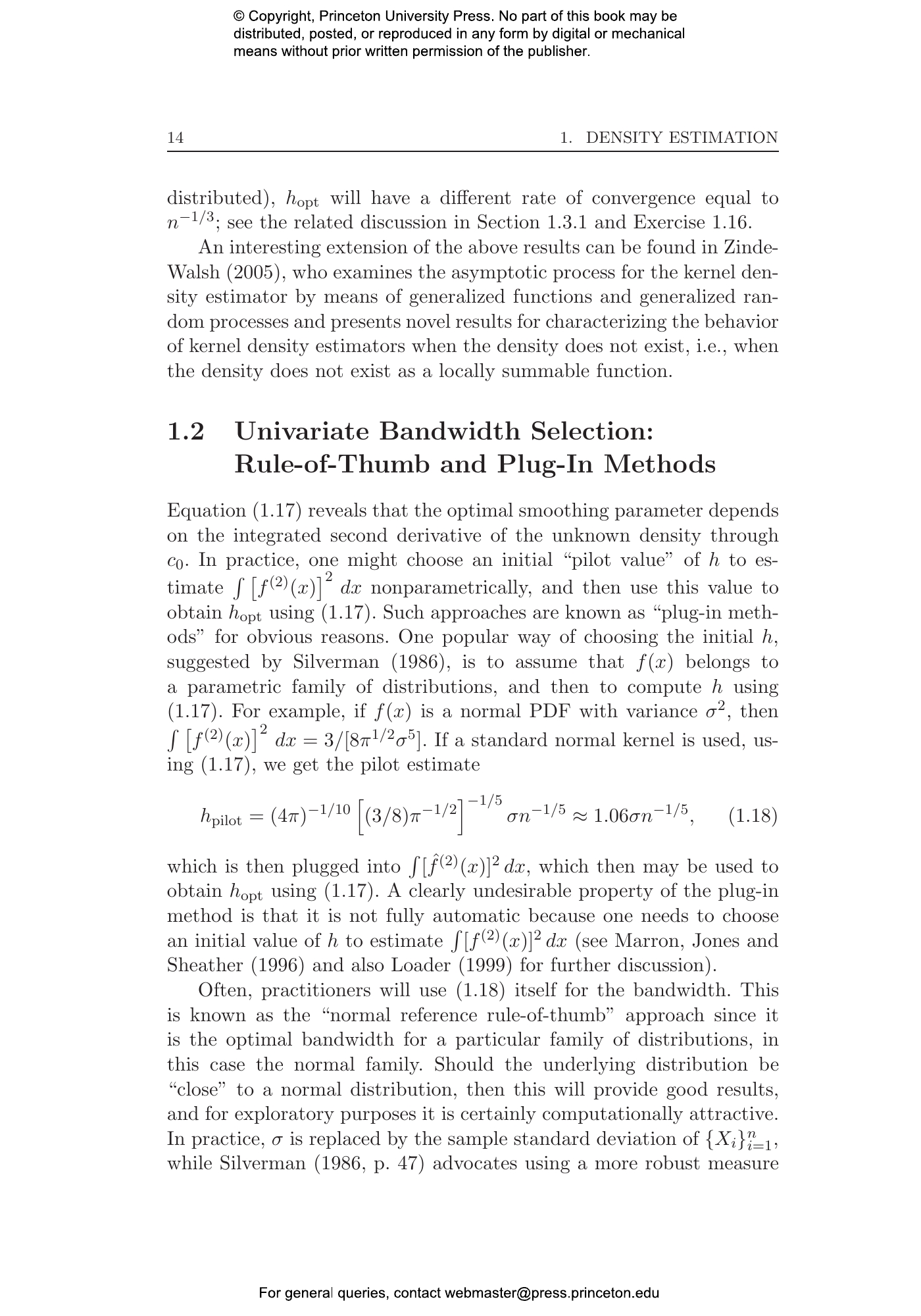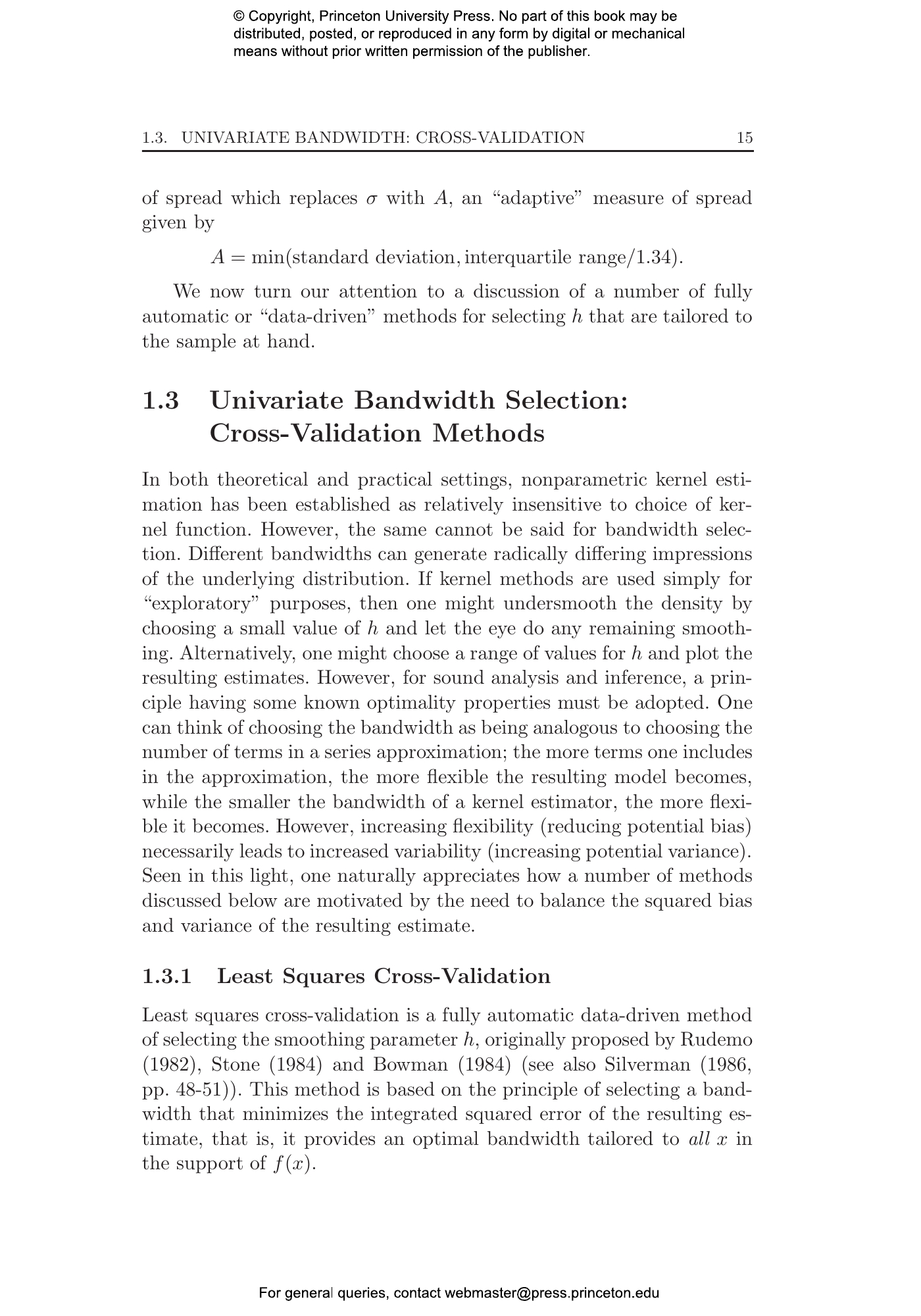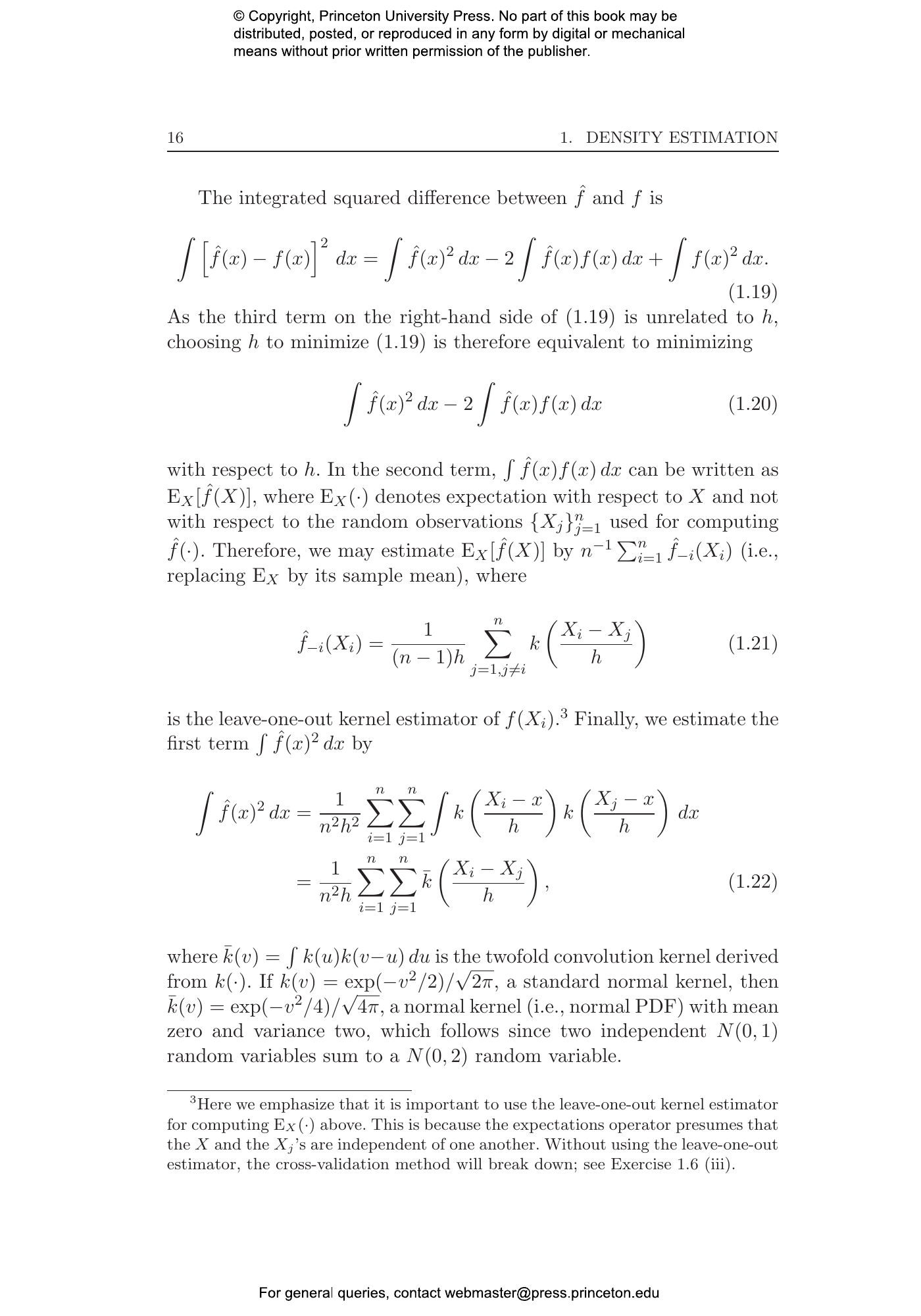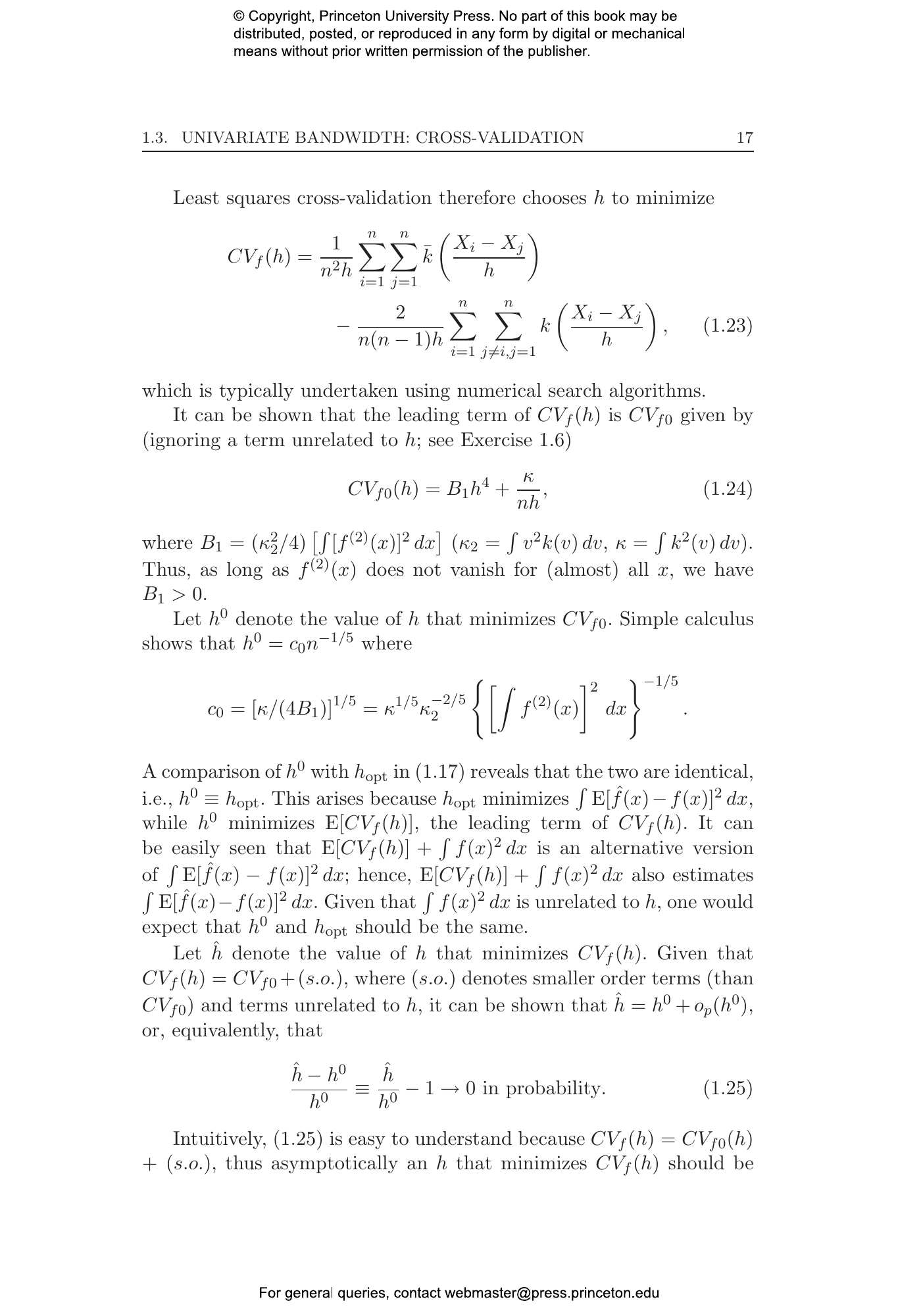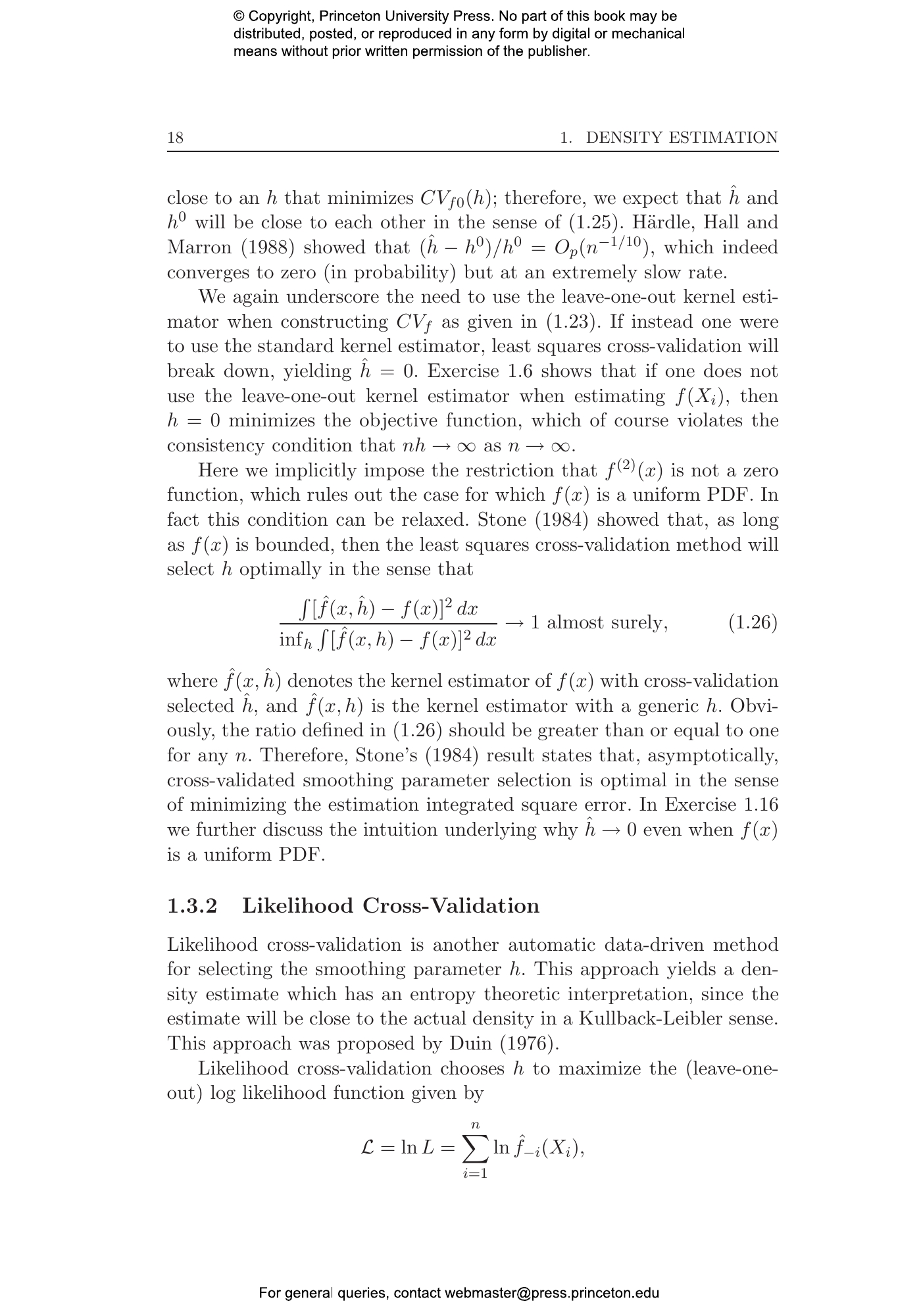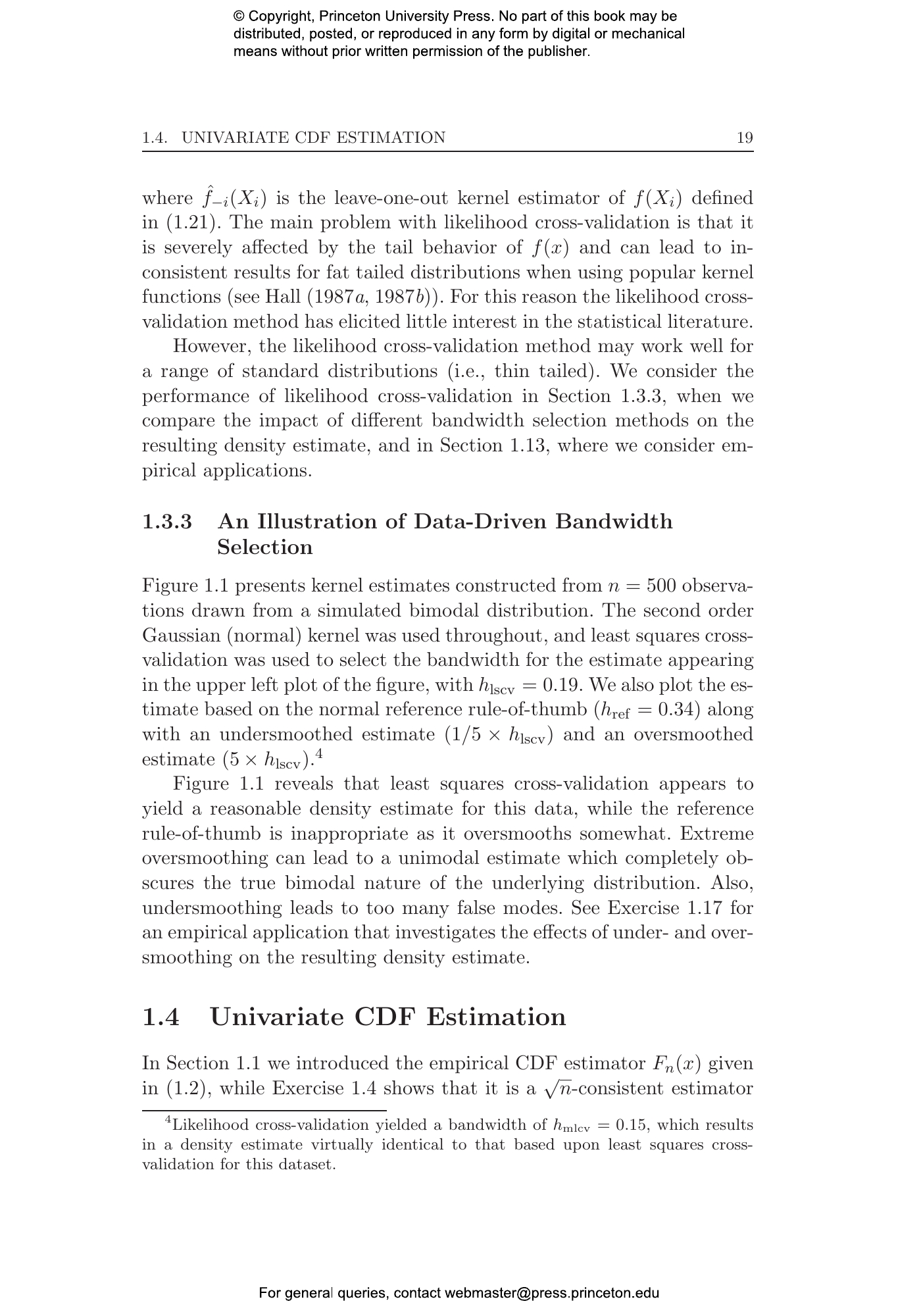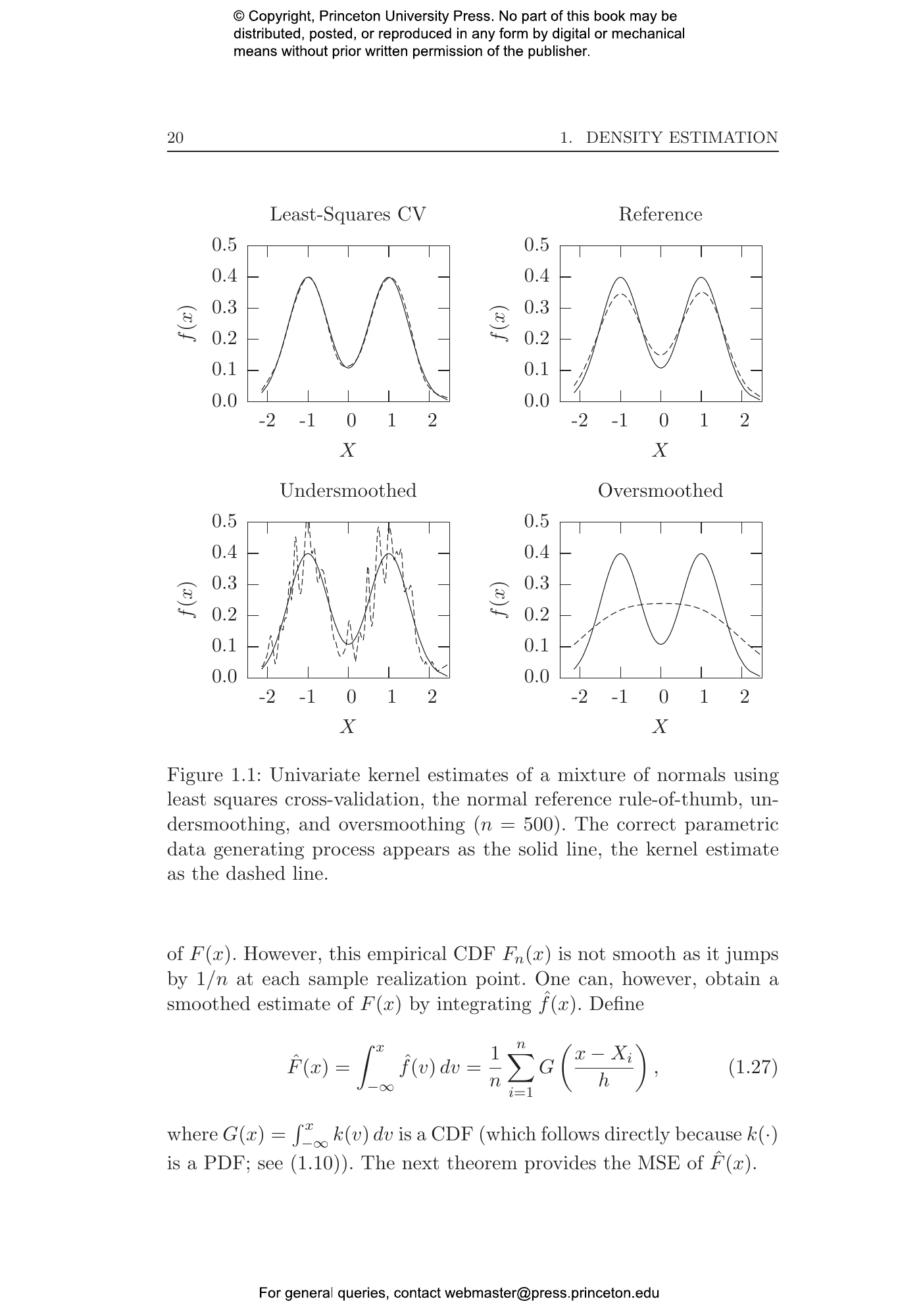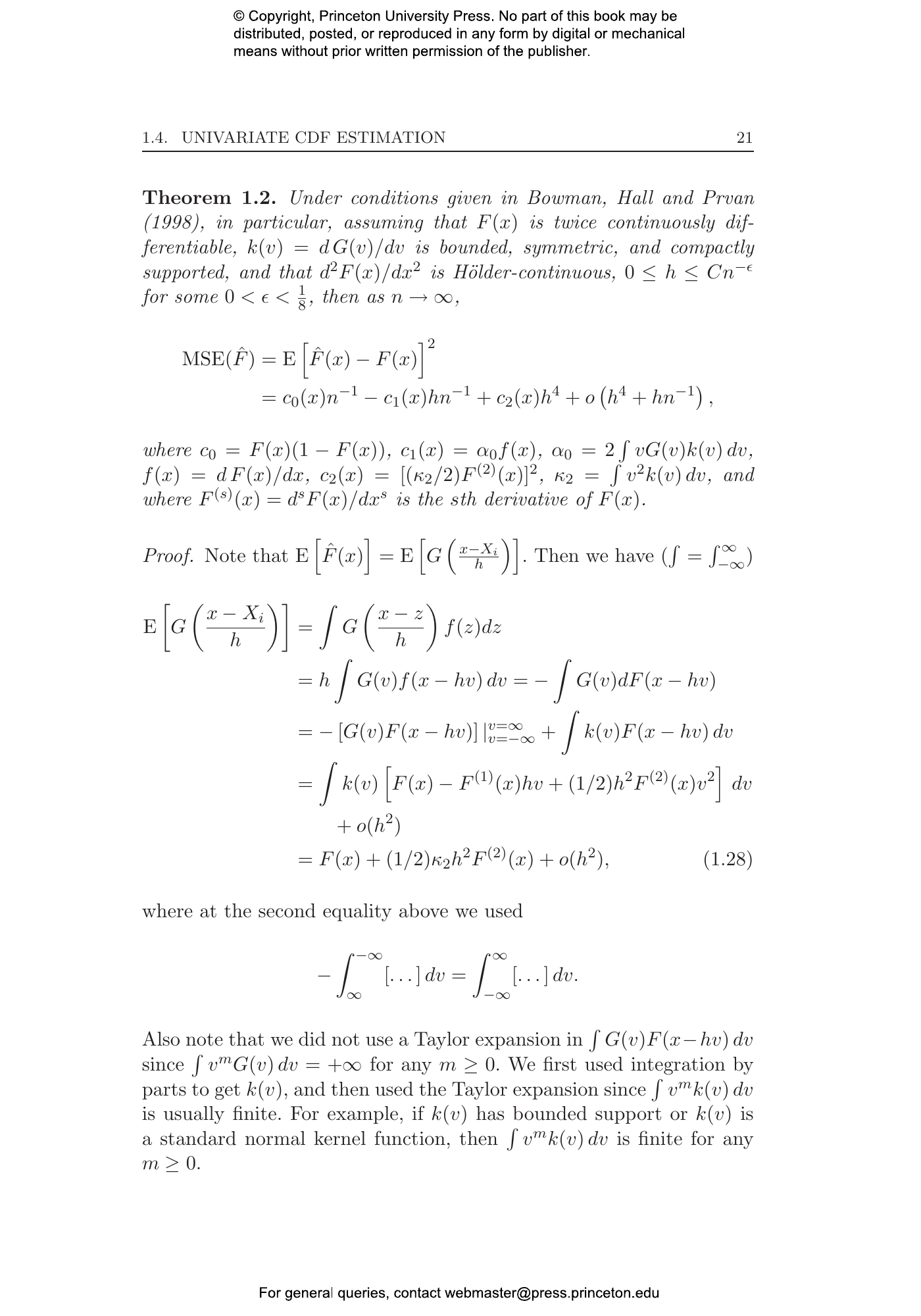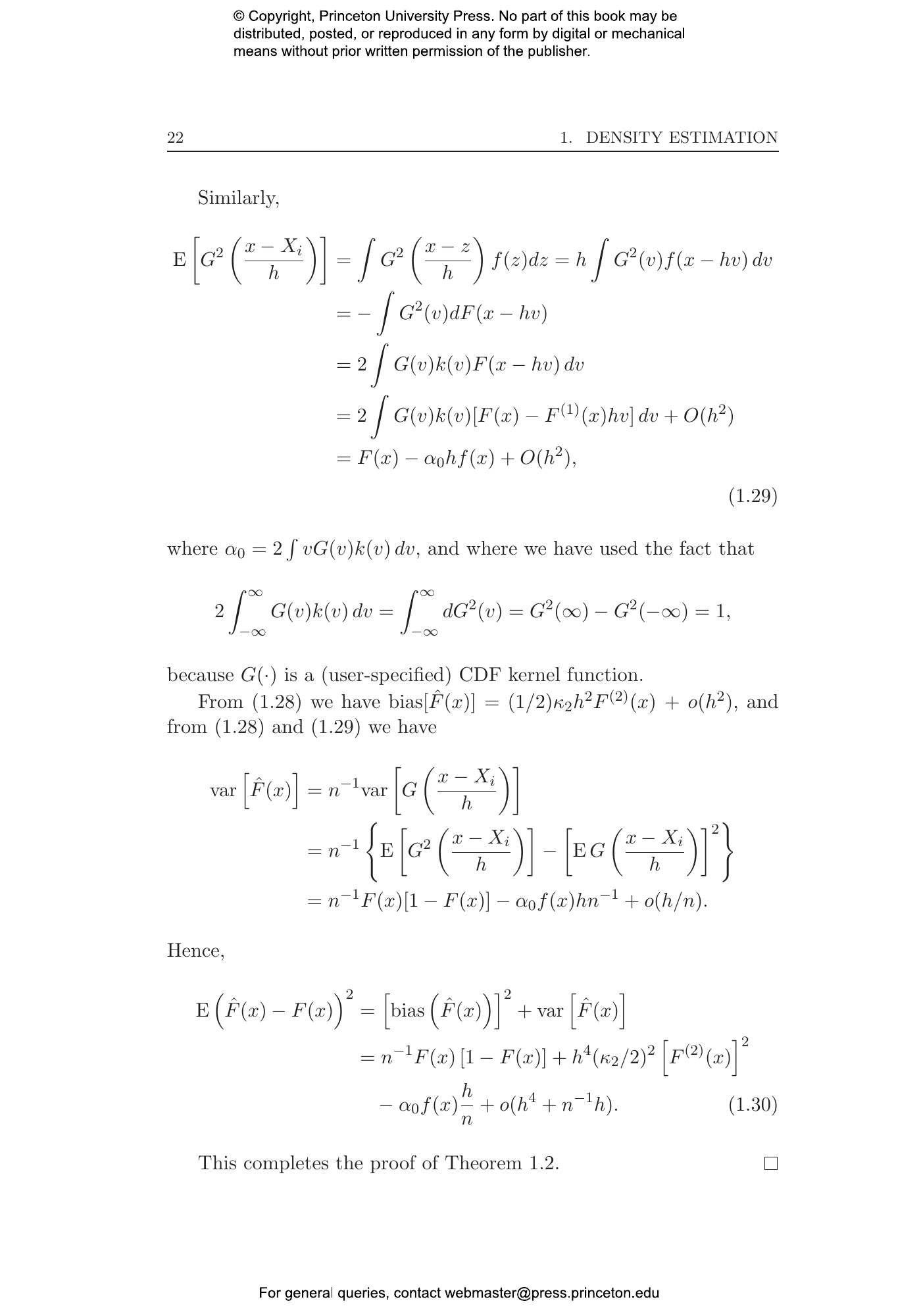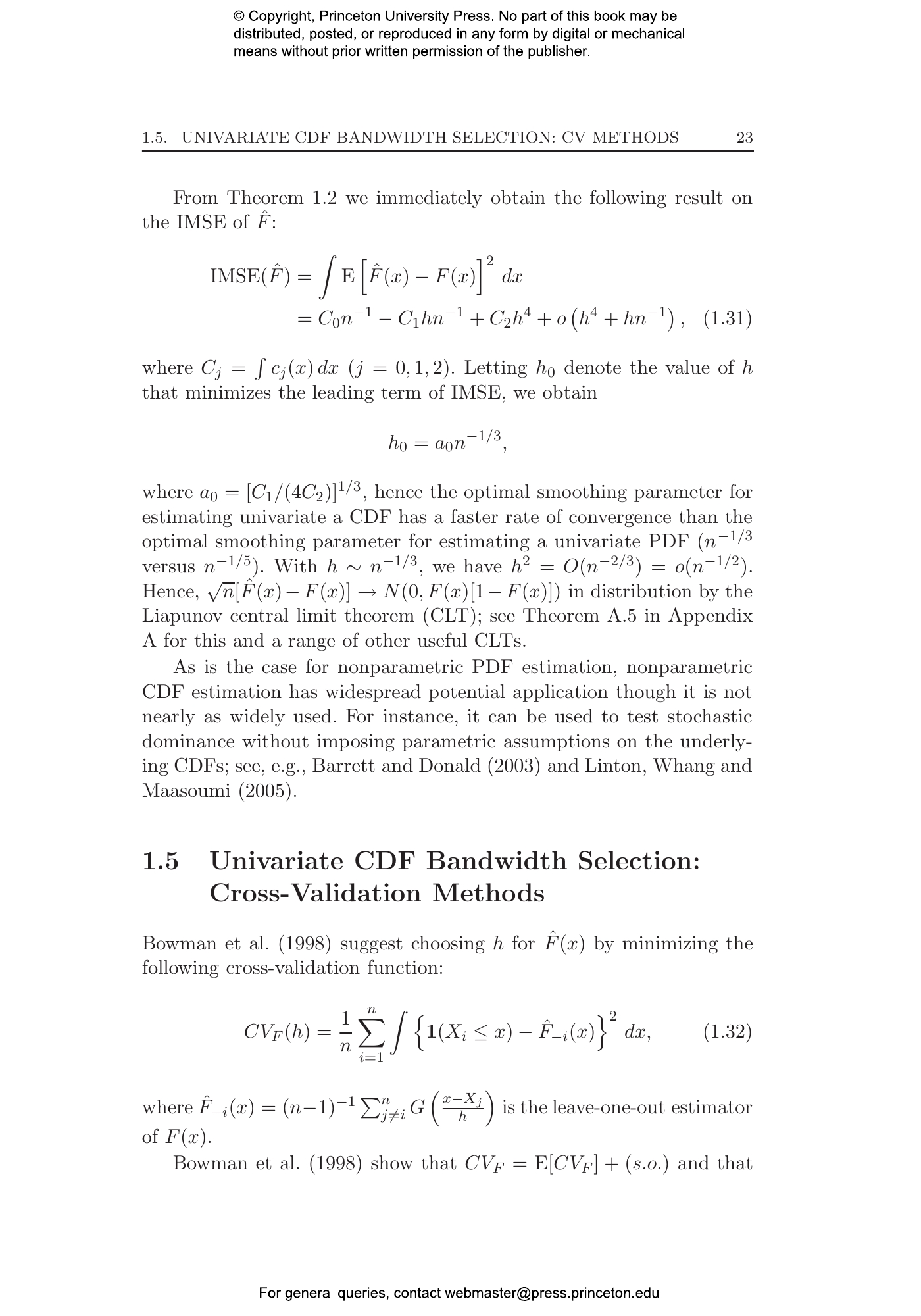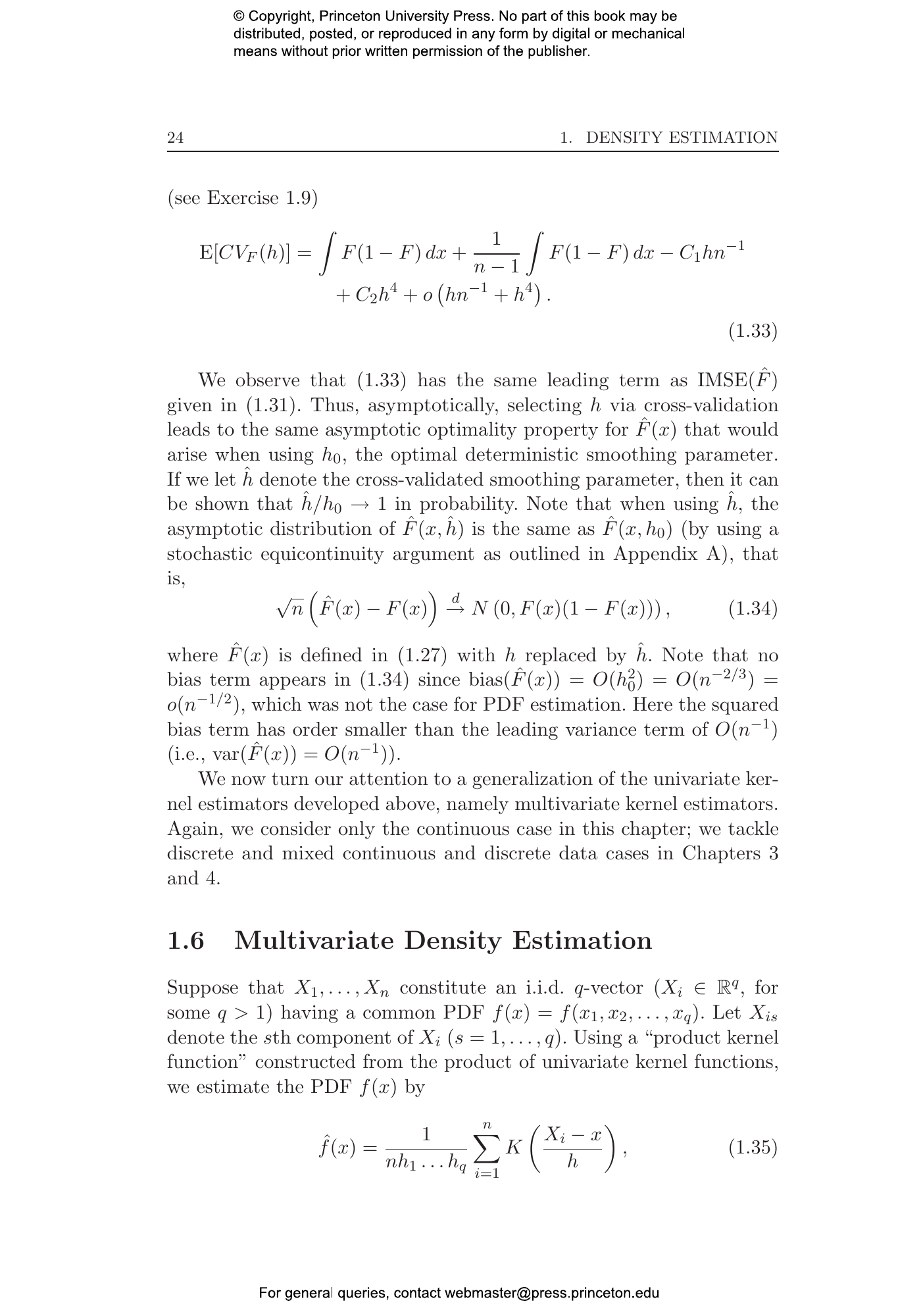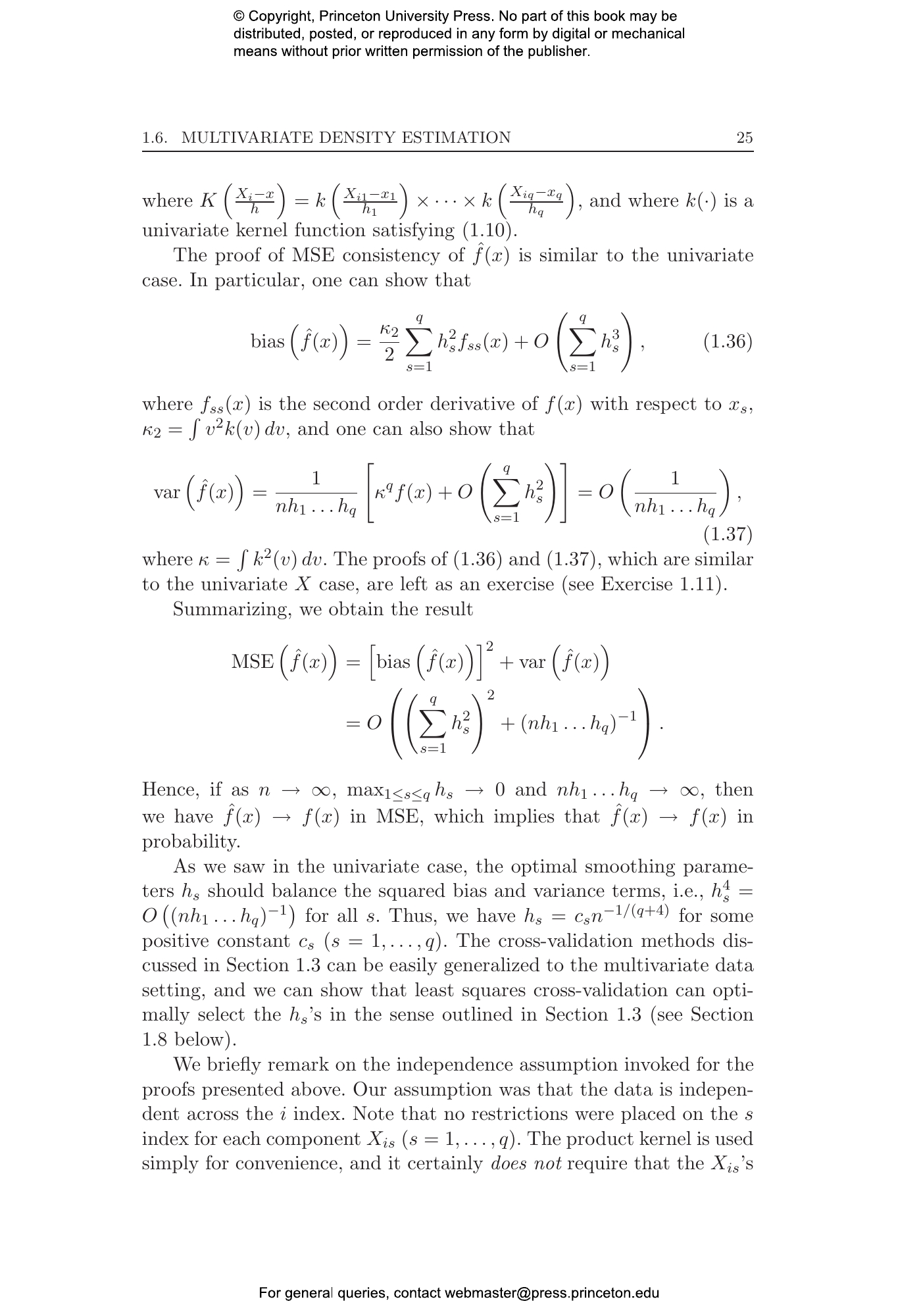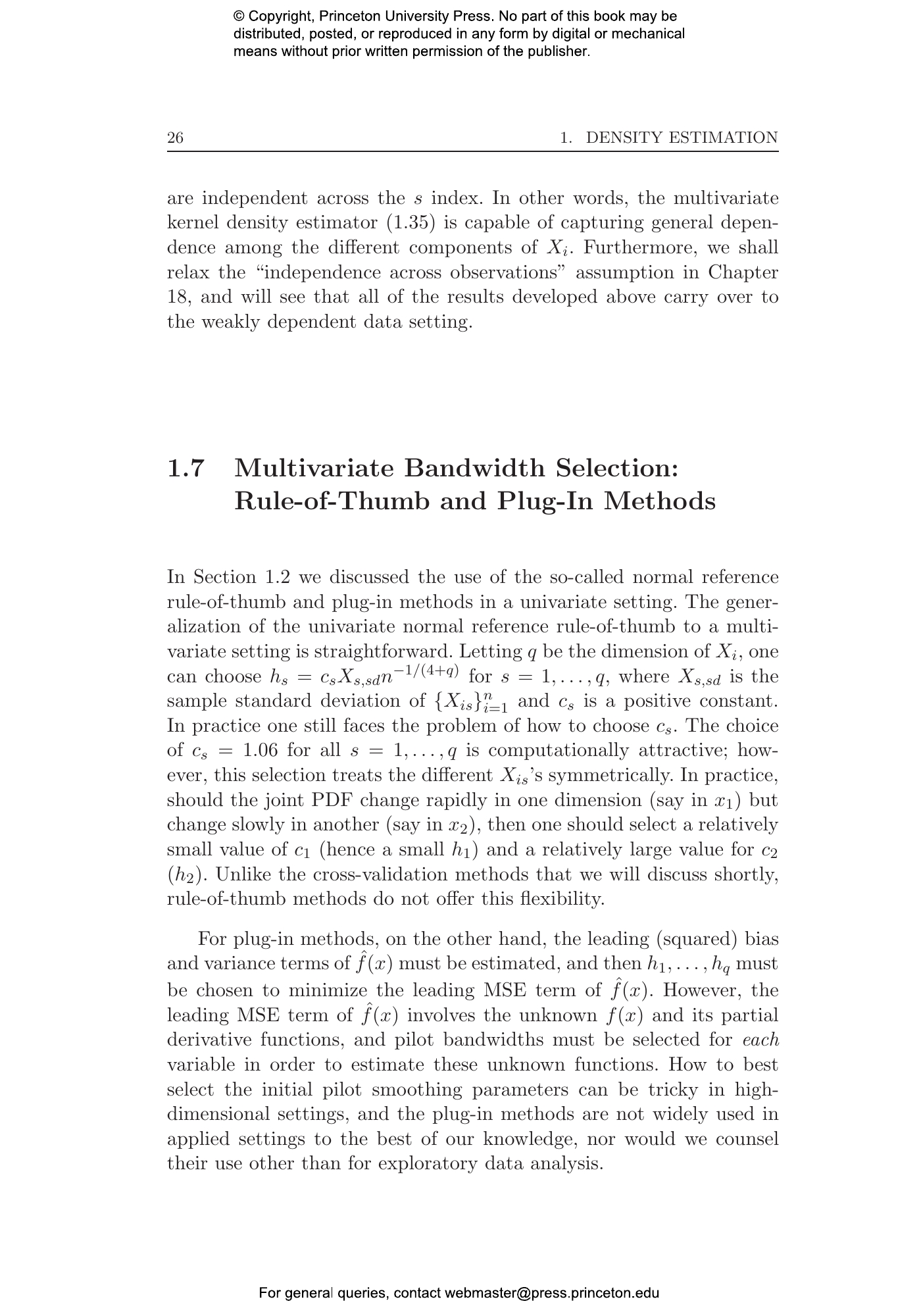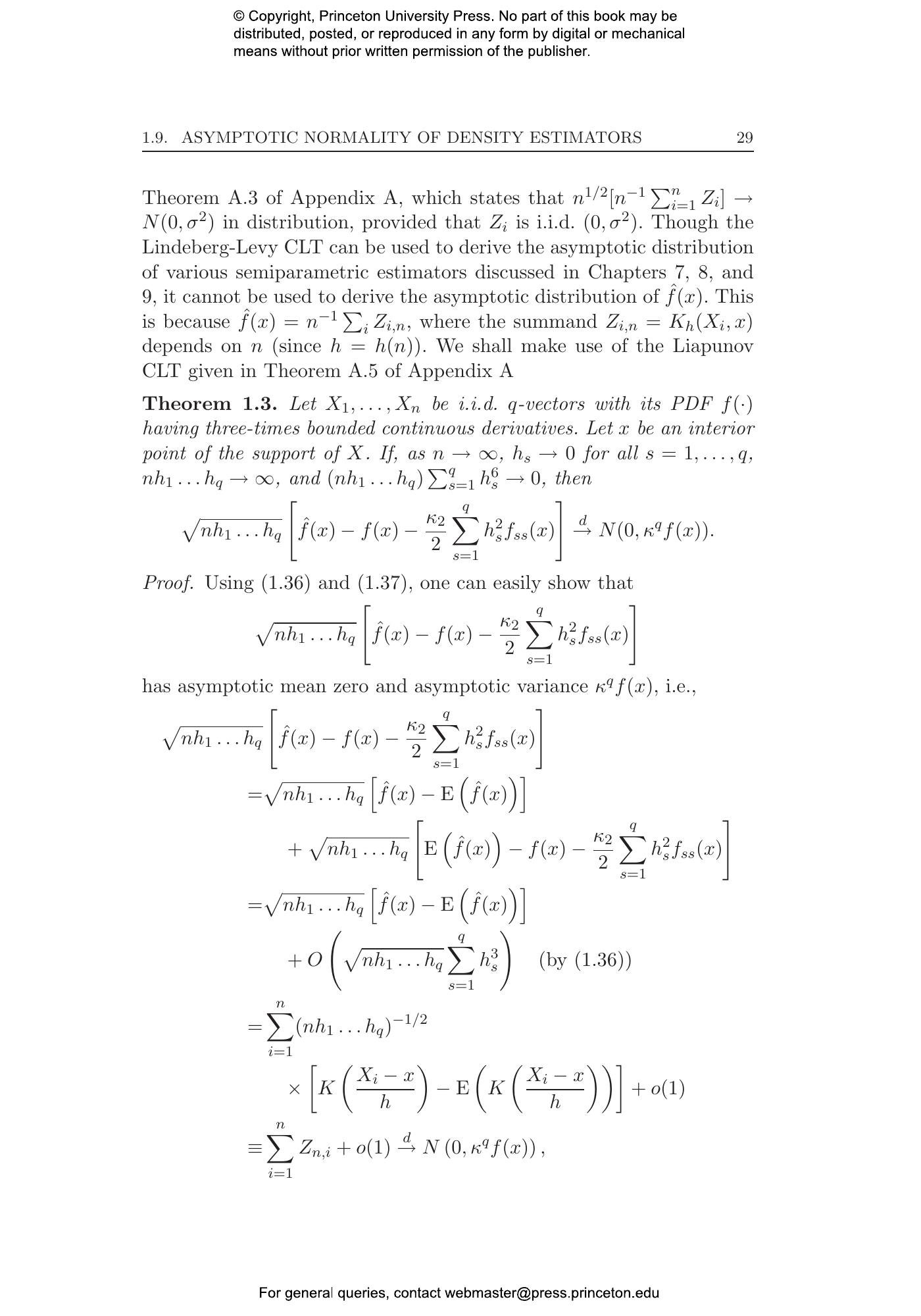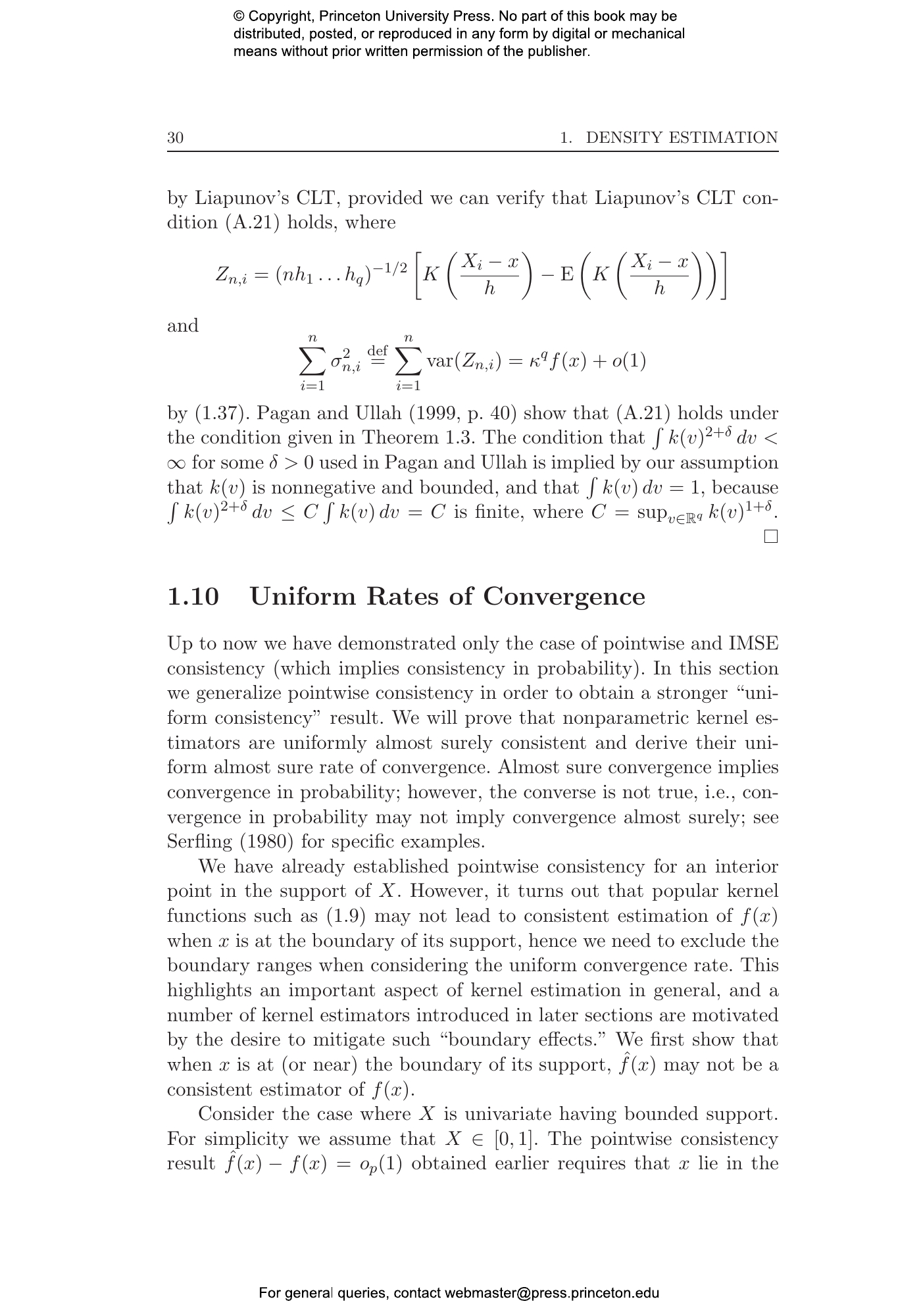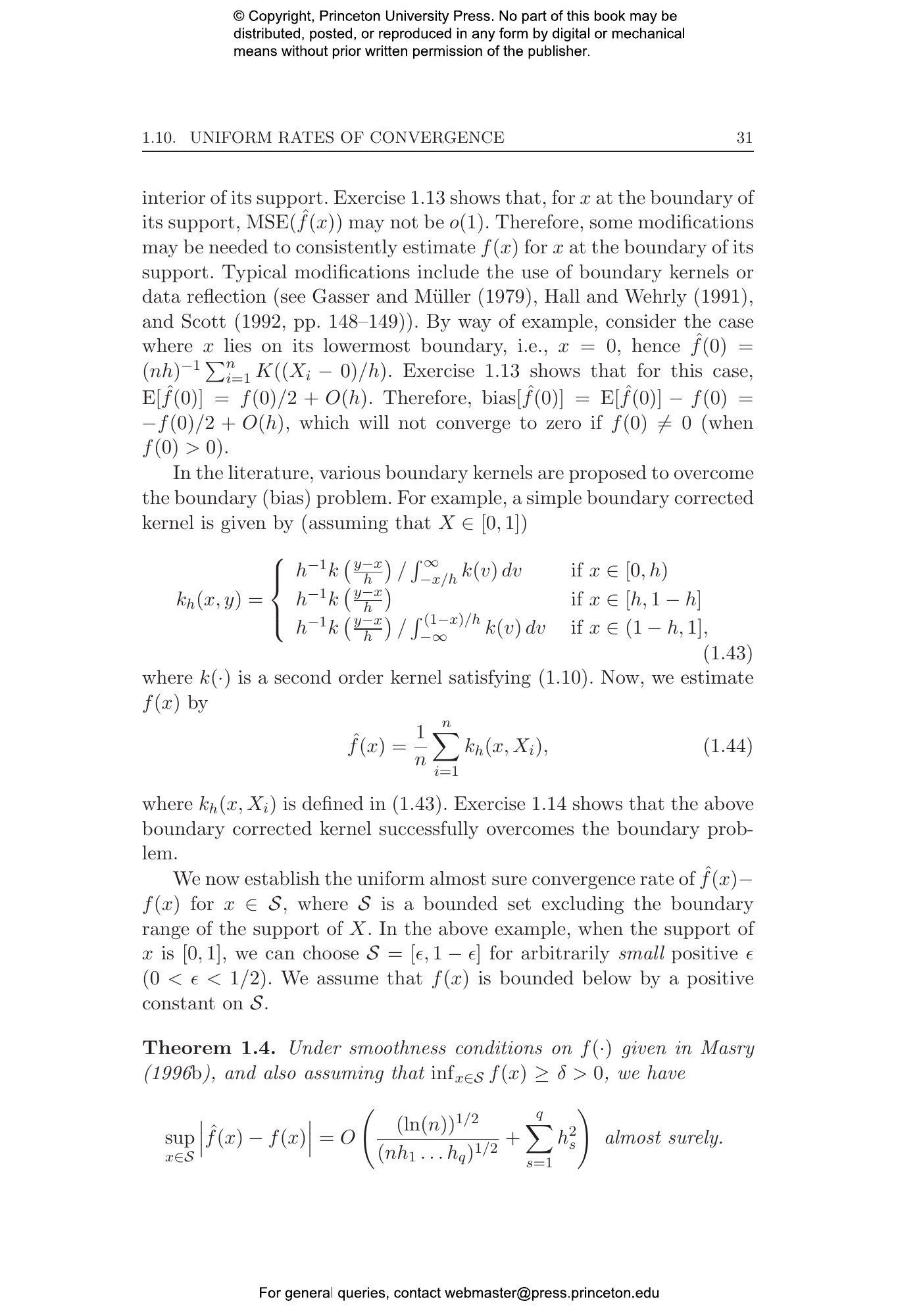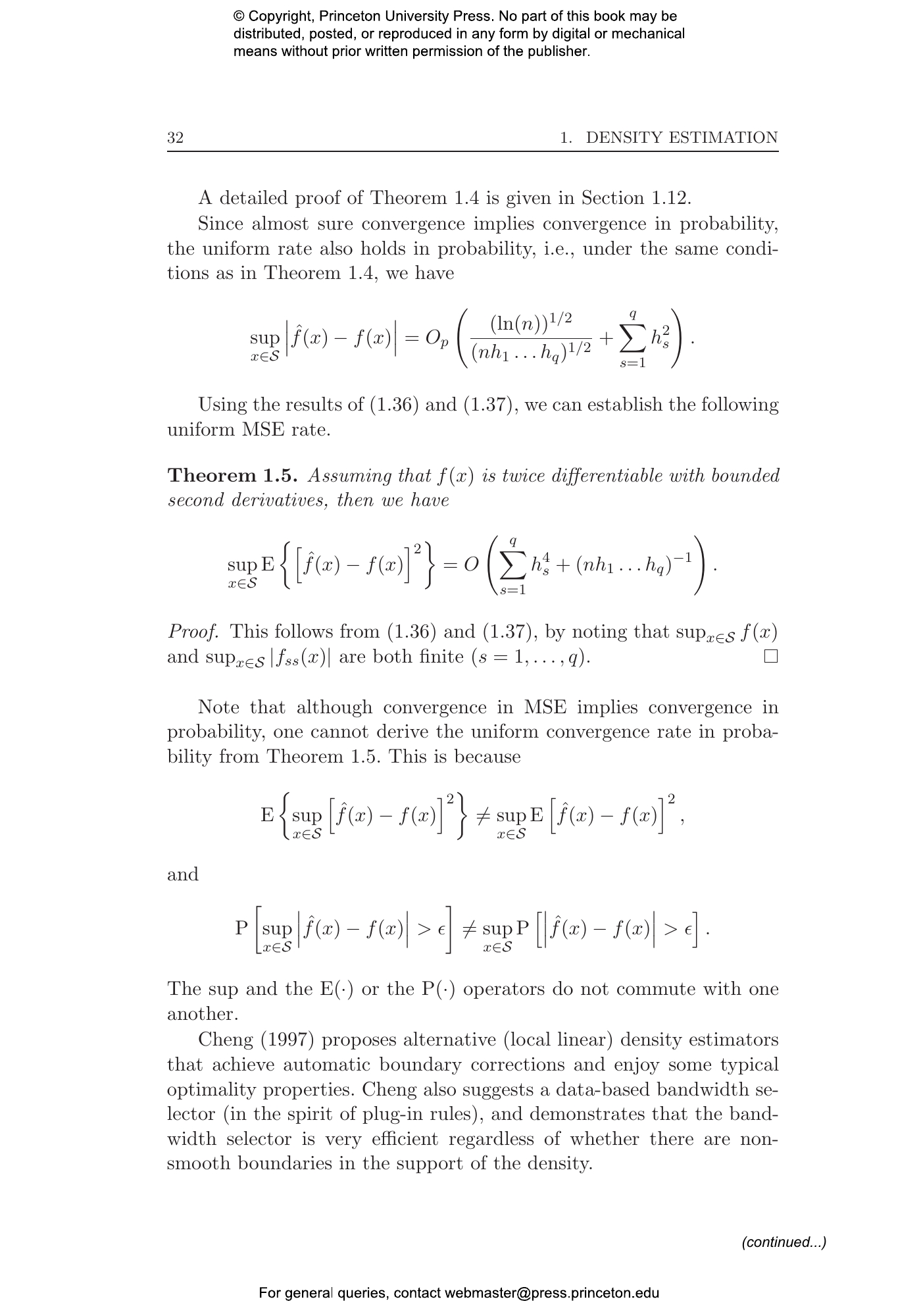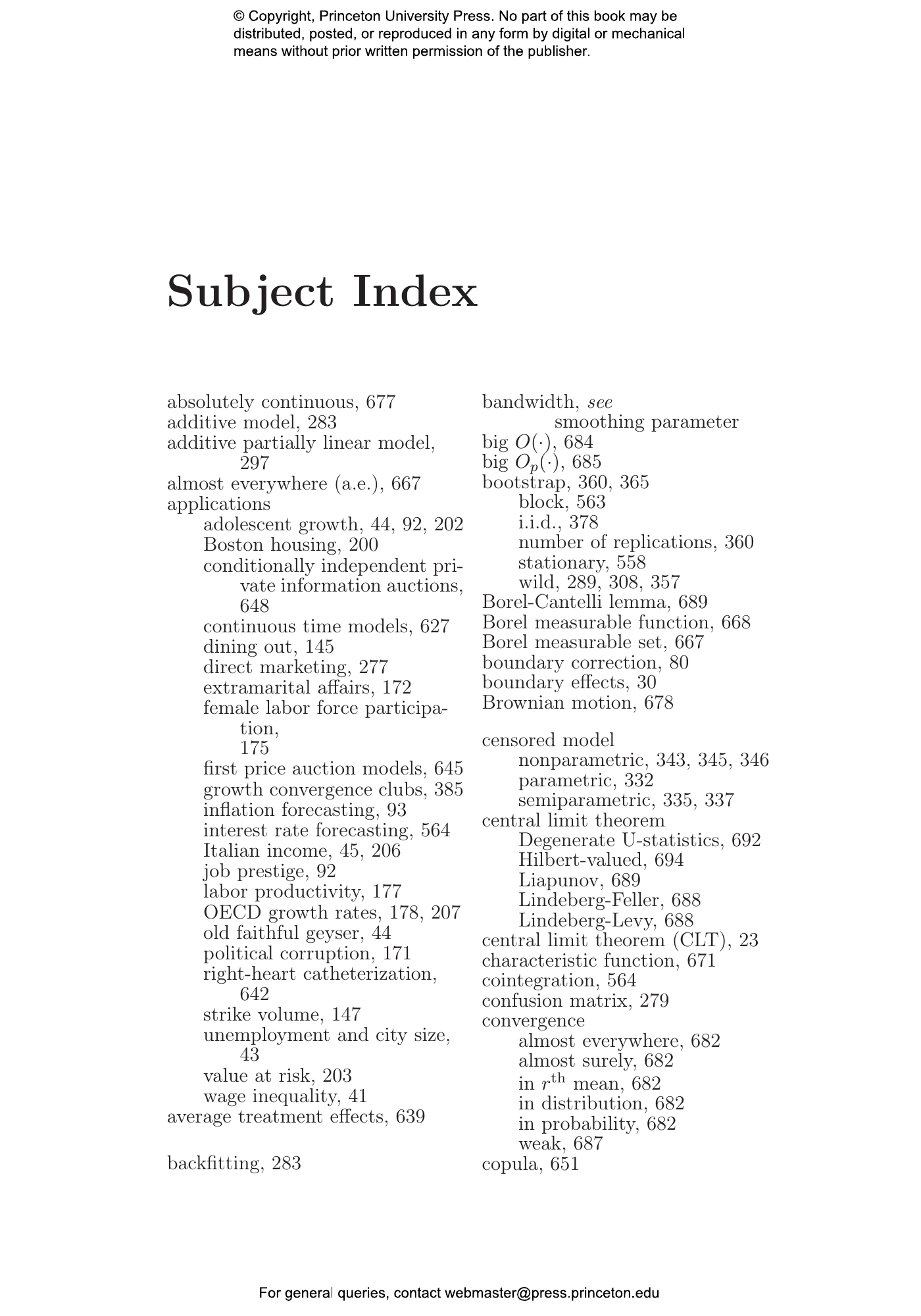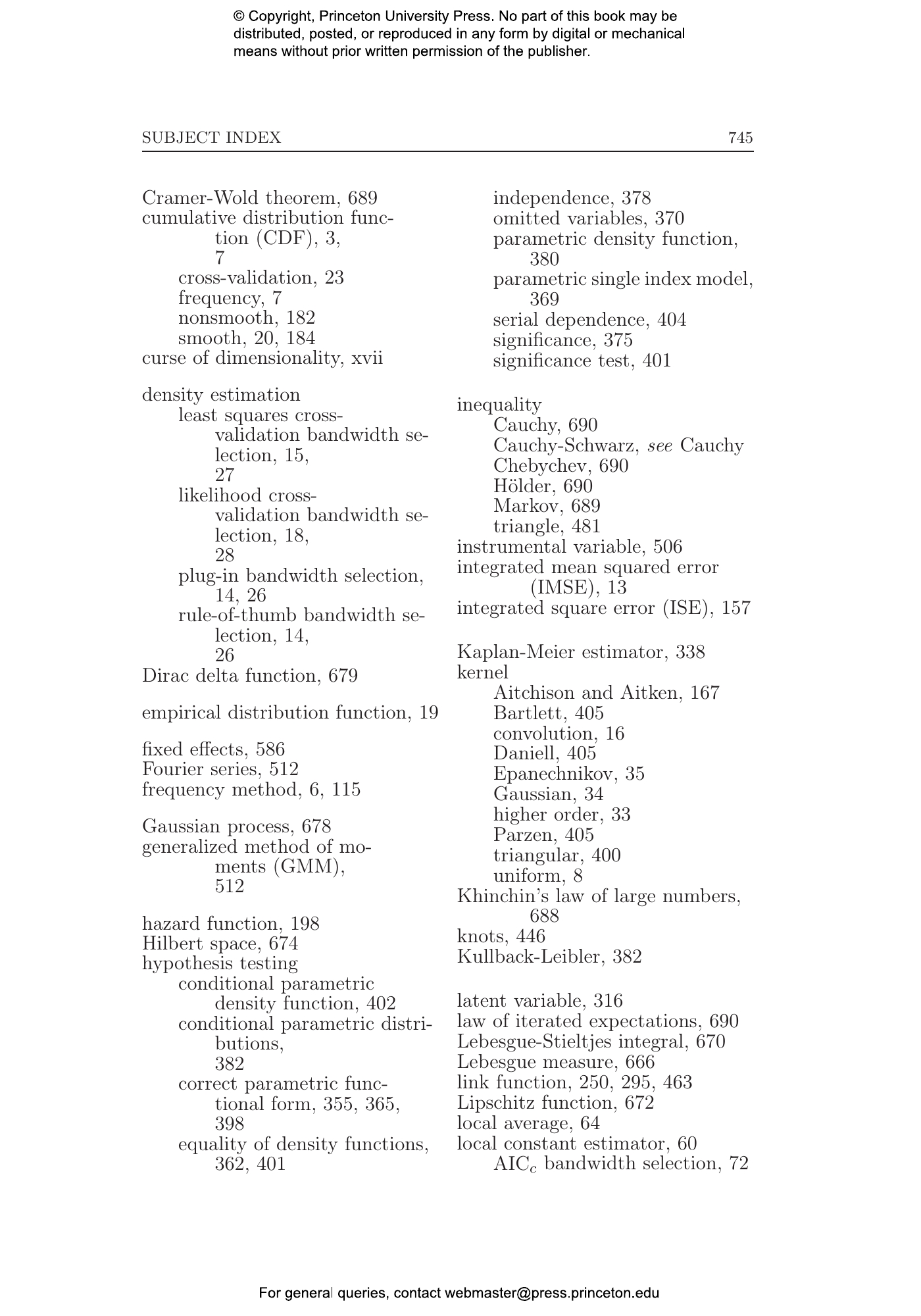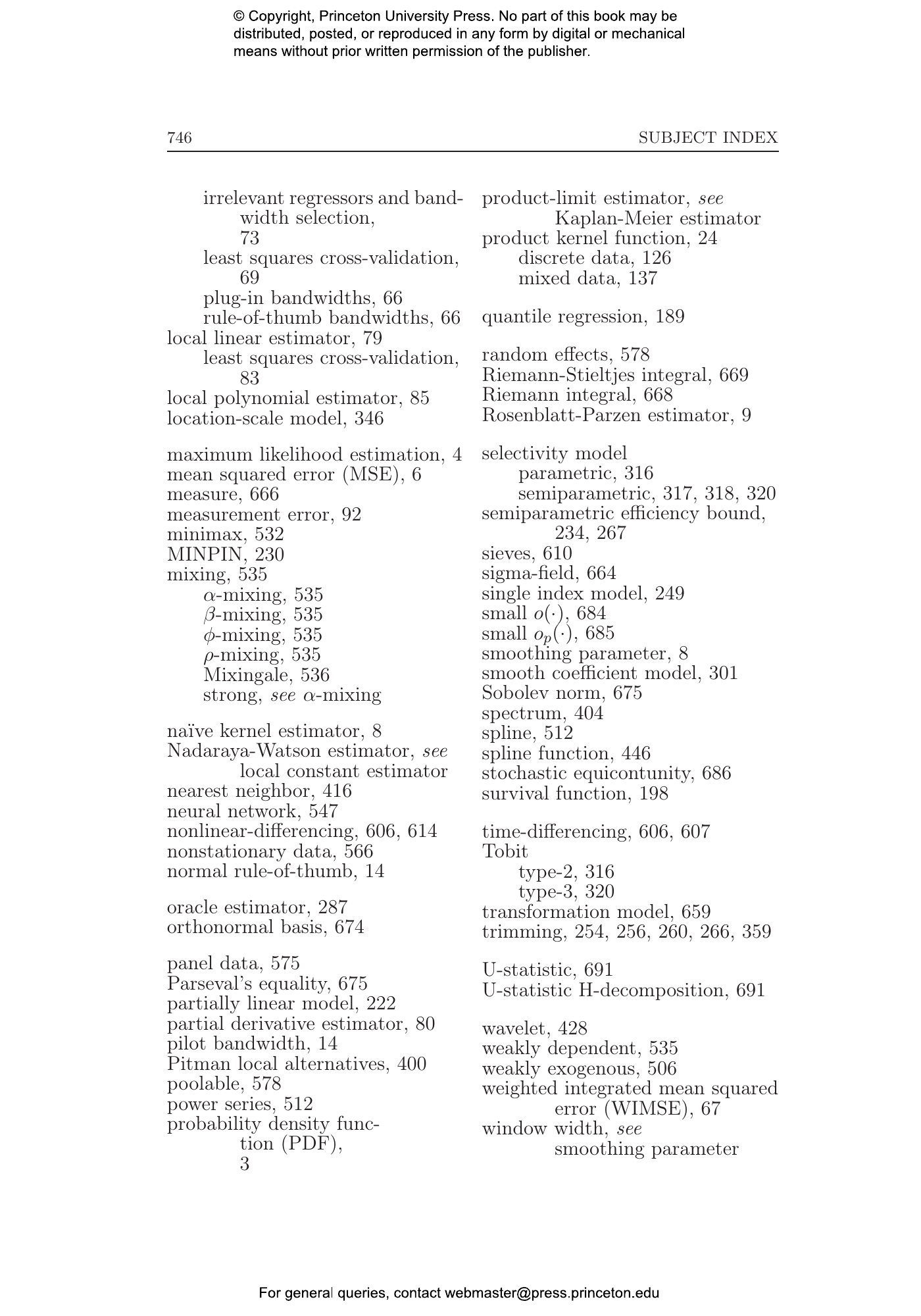Until now, students and researchers in nonparametric and semiparametric statistics and econometrics have had to turn to the latest journal articles to keep pace with these emerging methods of economic analysis. Nonparametric Econometrics fills a major gap by gathering together the most up-to-date theory and techniques and presenting them in a remarkably straightforward and accessible format. The empirical tests, data, and exercises included in this textbook help make it the ideal introduction for graduate students and an indispensable resource for researchers.
Nonparametric and semiparametric methods have attracted a great deal of attention from statisticians in recent decades. While the majority of existing books on the subject operate from the presumption that the underlying data is strictly continuous in nature, more often than not social scientists deal with categorical data—nominal and ordinal—in applied settings. The conventional nonparametric approach to dealing with the presence of discrete variables is acknowledged to be unsatisfactory.
This book is tailored to the needs of applied econometricians and social scientists. Qi Li and Jeffrey Racine emphasize nonparametric techniques suited to the rich array of data types—continuous, nominal, and ordinal—within one coherent framework. They also emphasize the properties of nonparametric estimators in the presence of potentially irrelevant variables.
Nonparametric Econometrics covers all the material necessary to understand and apply nonparametric methods for real-world problems.
Qi Li is Professor of Economics and Hugh Roy Cullen Professor in Liberal Arts at Texas A&M University. Jeffrey Scott Racine is Professor of Economics, Professor in the Graduate Program in Statistics, and Senator William McMaster Chair in Econometrics at McMaster University.
"Overall, the text is a must for graduate students undertaking research in this area; the large number of exercises at the end of each chapter makes it very suitable for a graduate class on nonparametric and semiparametric techniques. In addition, because the coverage of the book is very comprehensive and up-to-date, it constitutes an excellent reference for researchers applying these techniques. Therefore, it can satisfy the needs of both audiences with a solid background in theoretical econometrics and more applied audiences."—Margarita Genius, European Review of Agricultural Economics
"This book is ideal for a specialised graduate course. Li and Racine have done a fantastic job of bringing together all the latest developments in non-parametric estimation and treating them in a unified, accessible way. In particular, recent developments on using mixed continuous and discrete data, research to which Li and Raci have contributed immensely, are well covered."—Economic Record
"Nonparametric Econometrics by Li and Racine is a must for any serious econometrician or statistician who is working on cutting-edge problems. The theoretical treatment of nonparametric methods is remarkably complete in its coverage of mainstream and relatively arcane topics. I particularly like Li and Racine's general treatment of continuous and discrete regressors and of specification testing, topics that I have not seen handled in such a comprehensive fashion. I will certainly use this in my graduate econometrics courses and in conducting my own research."—Robin Sickles, Rice University
"Very few studies have tried to apply the nonparametric techniques to analyze real data. The lack of applications of those techniques is perhaps attributable to the lack of a good textbook that explains intuitively how and why those techniques work. This book by Li and Racine serves both applied researchers and graduate students. It is written in plain language so that it can be understood by anyone with basic econometrics but zero knowledge of nonparametric methods. And it contains enough specifics that clearly spell out steps to implement those methods."—Chunrong Ai, University of Florida
"This book represents a very significant contribution to the field of econometrics. It provides an extremely thorough coverage of our knowledge in the area of nonparametric and semiparametric methods as they apply to economic models and economic data. And it makes accessible, for the first time, a body of relatively new material relating to discrete and 'mixed' data. There is a good balance of theoretical material and applications. Apart from serving as a superb teaching text in graduate-level courses where the students have a strong econometrics/statistics preparation, I believe this book will become a must-have reference resource for many researchers."—David E. Giles, University of Victoria
Professors: A solutions manual containing code and answers to questions is available to instructors upon request. To receive a copy, kindly e-mail PDF of your course syllabus along with your mailing address to: racinej@mcmaster.ca.


